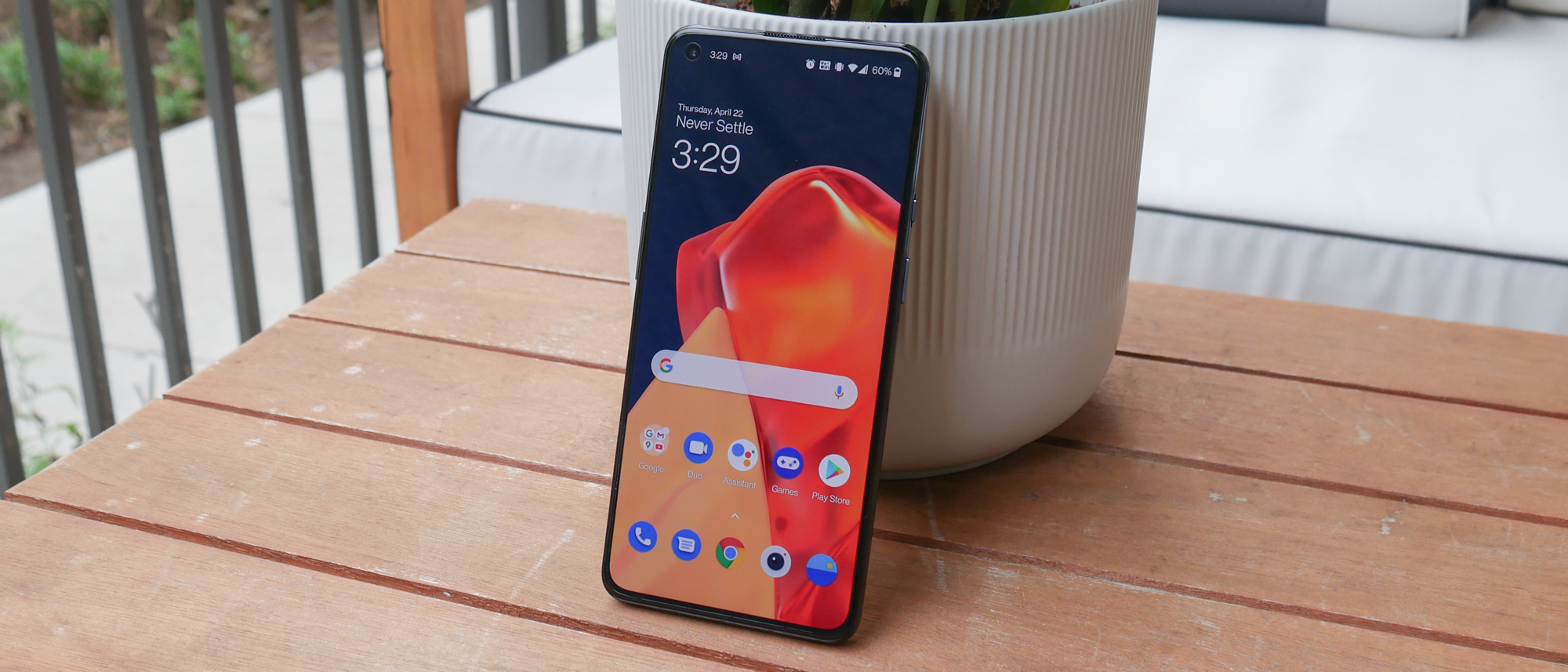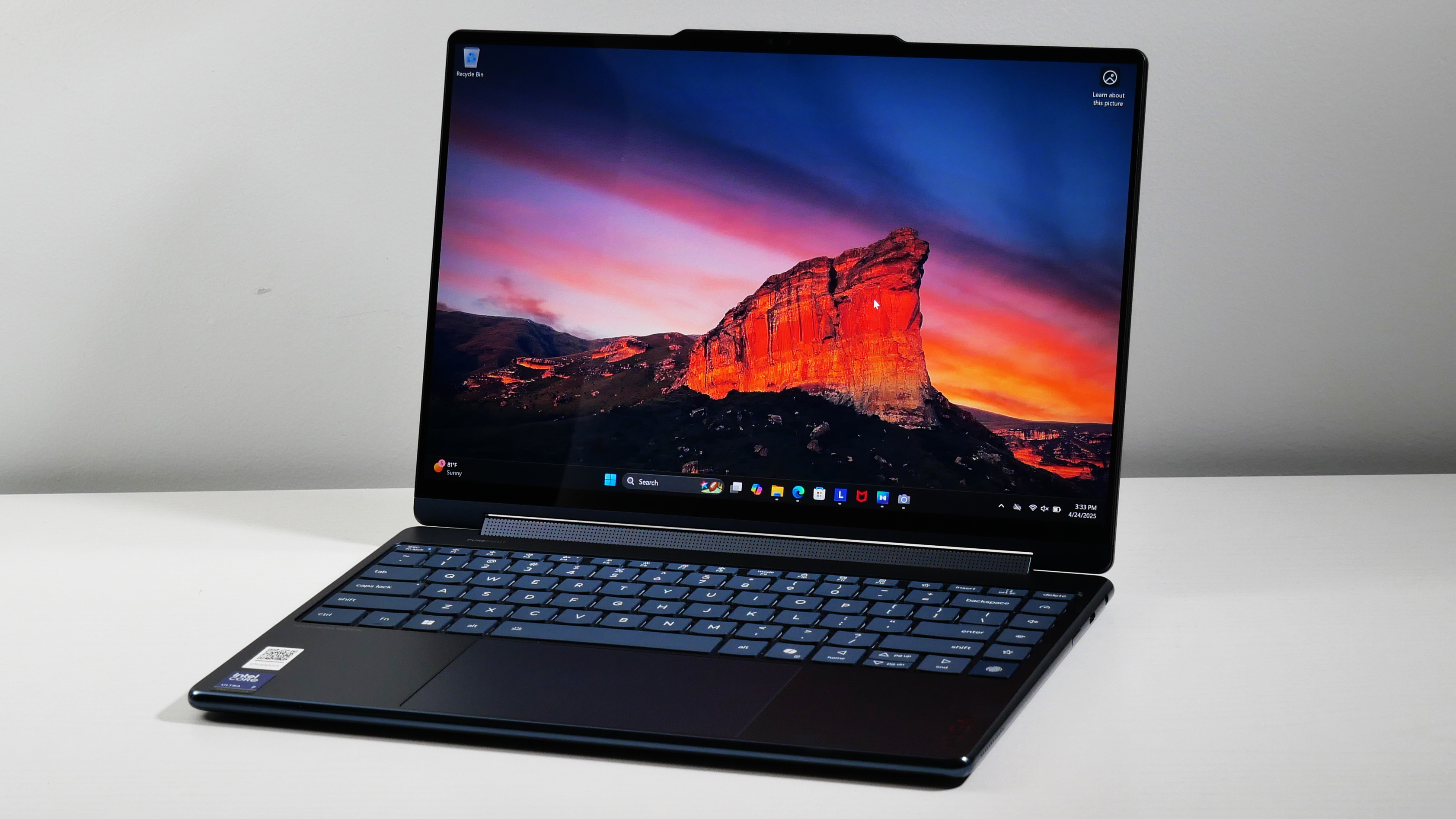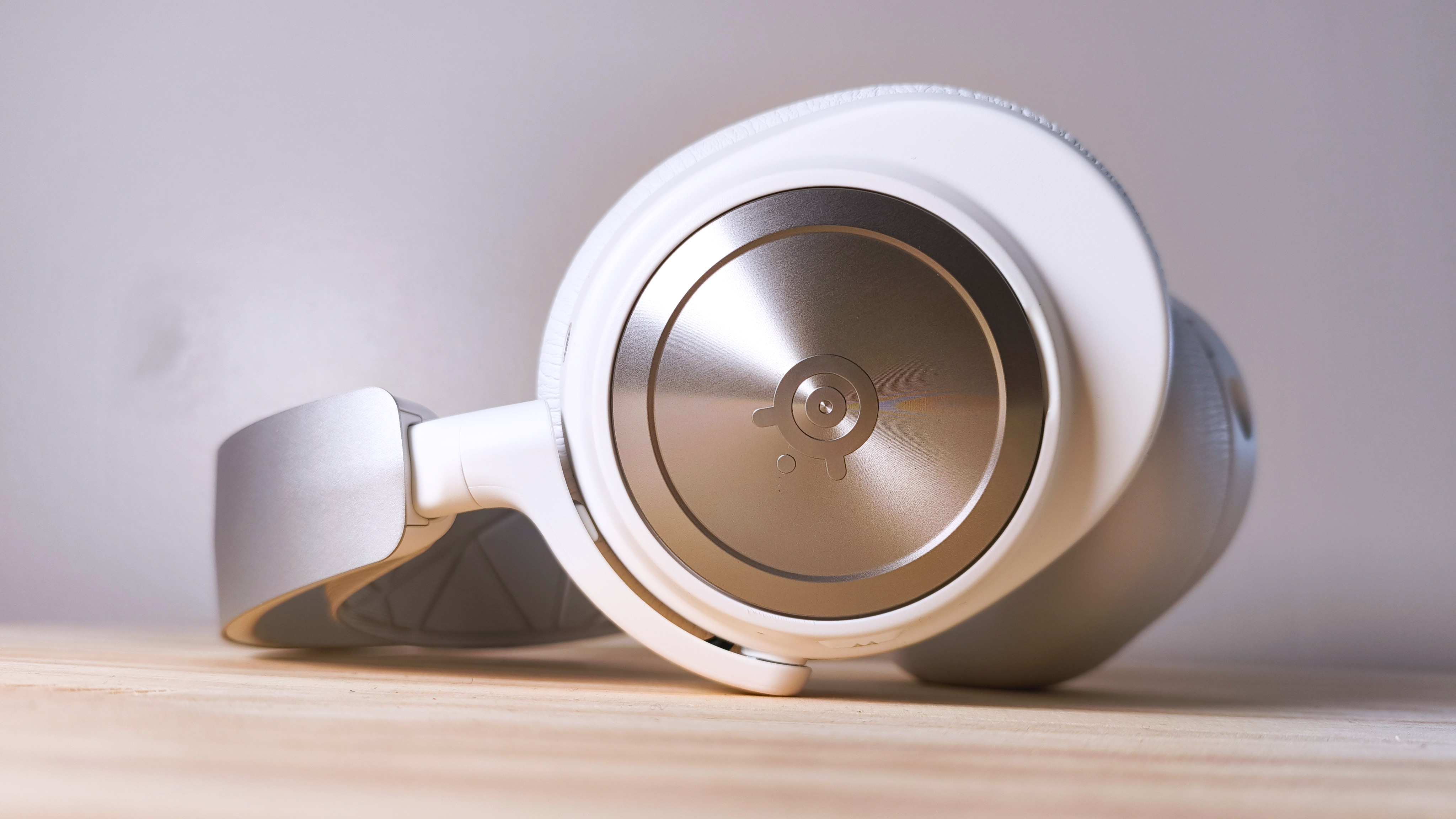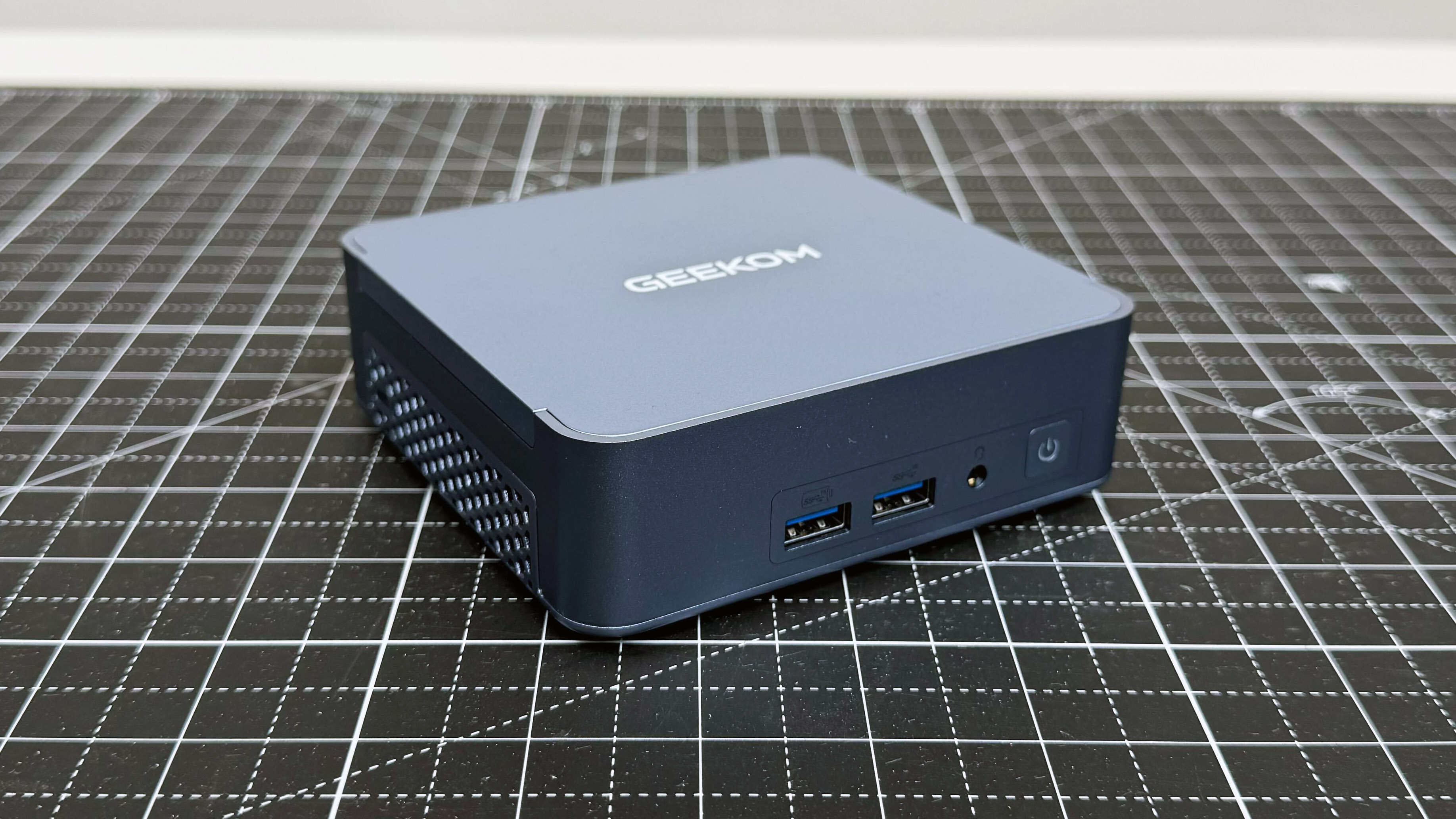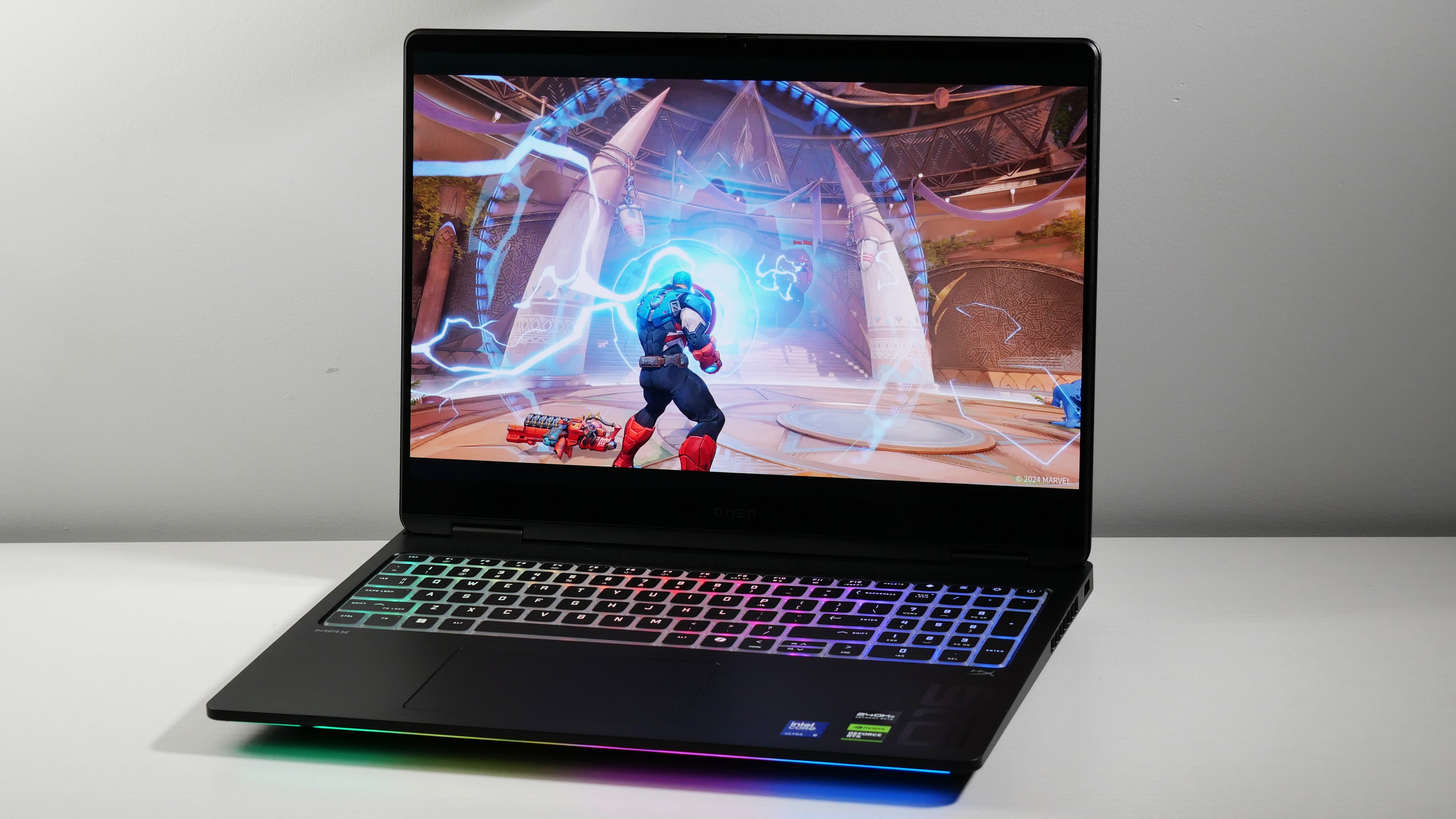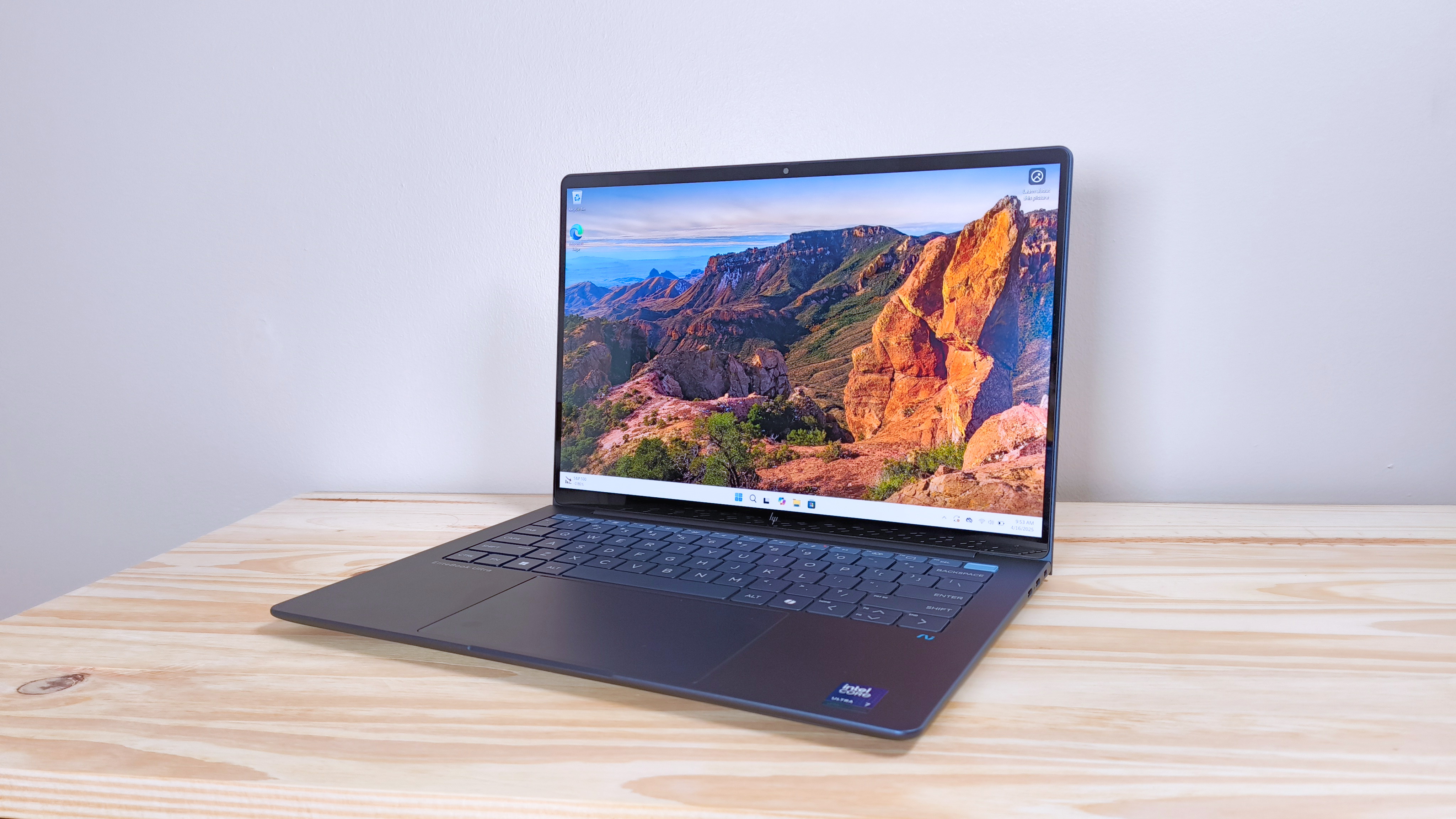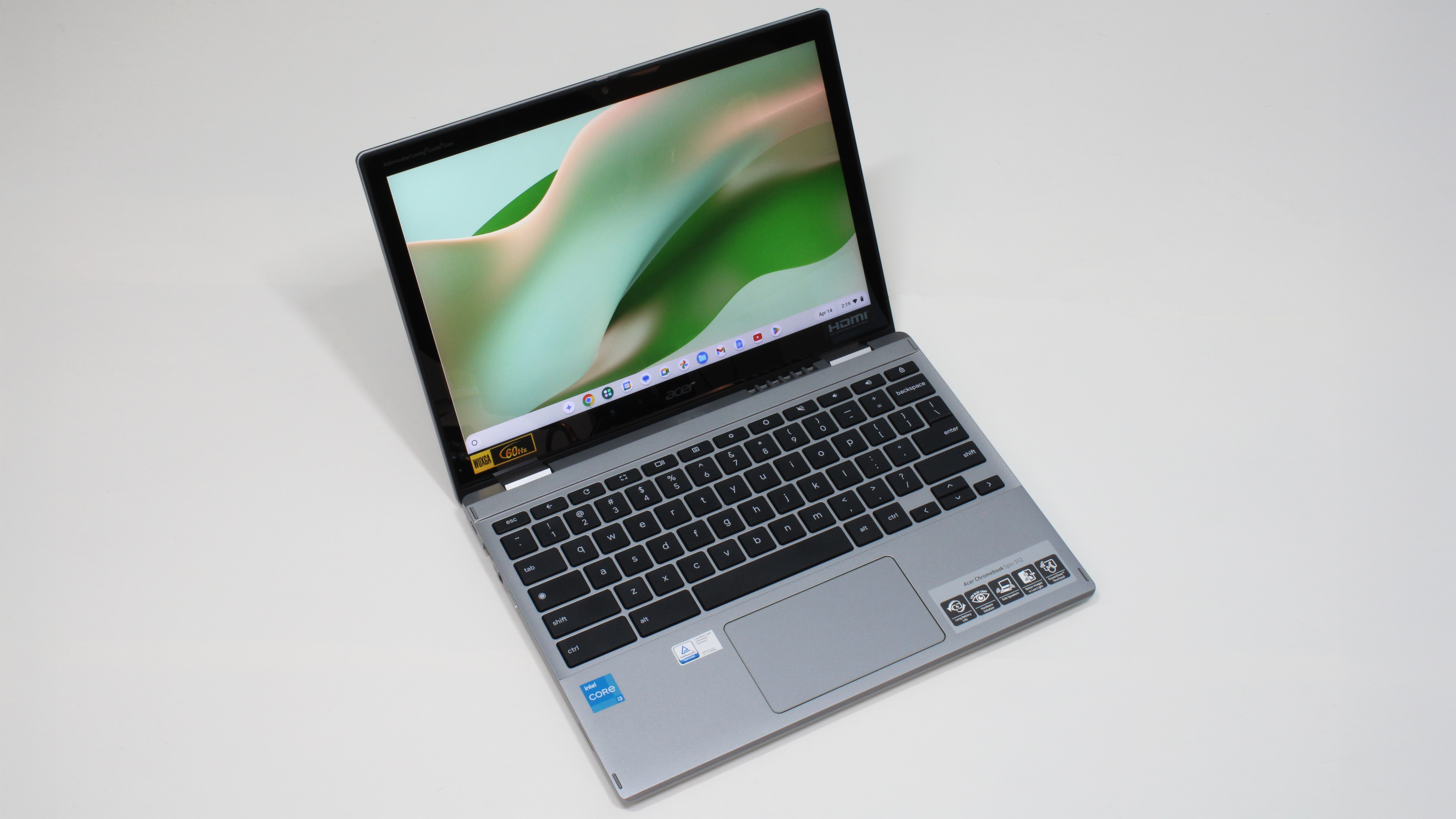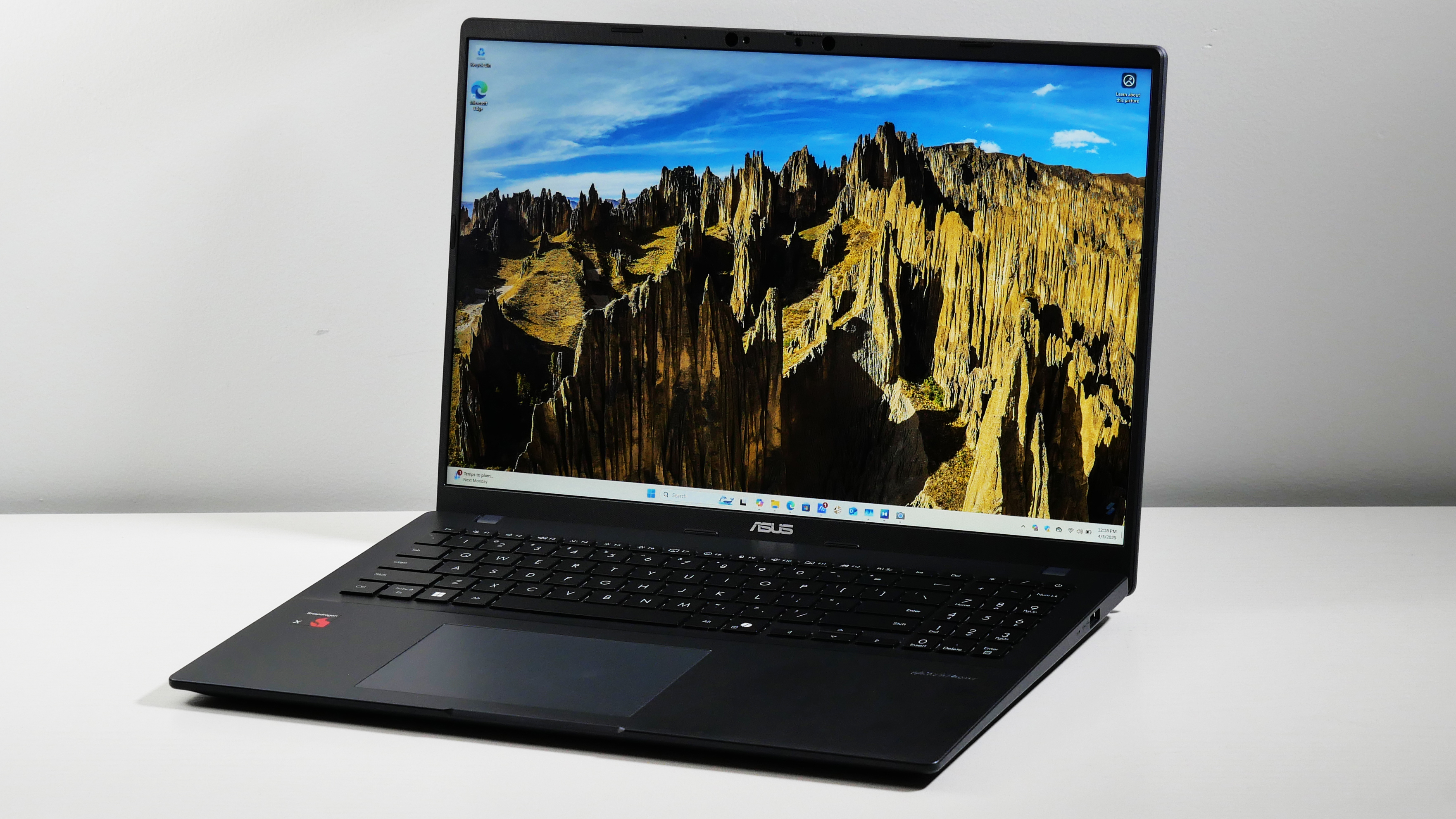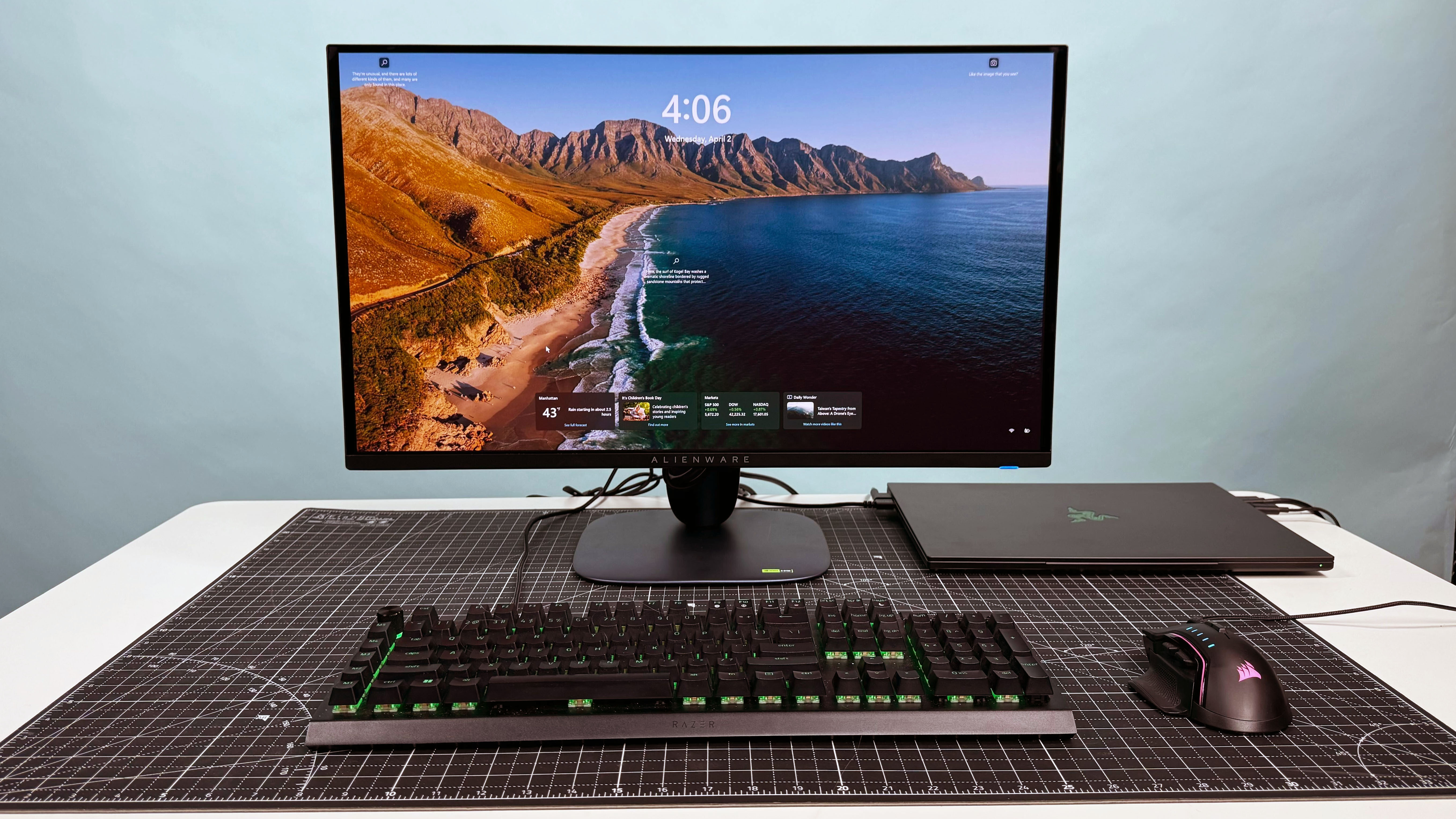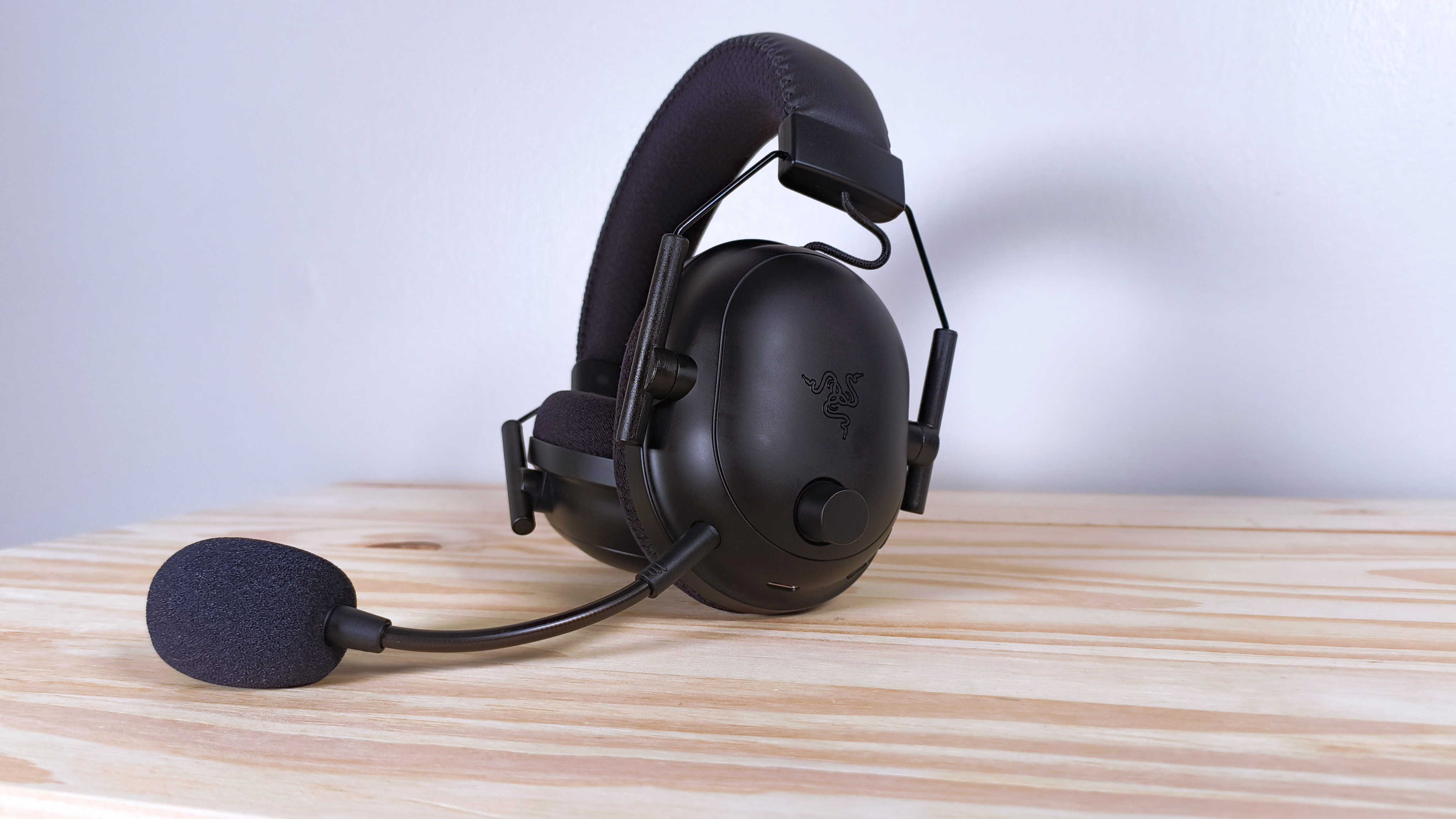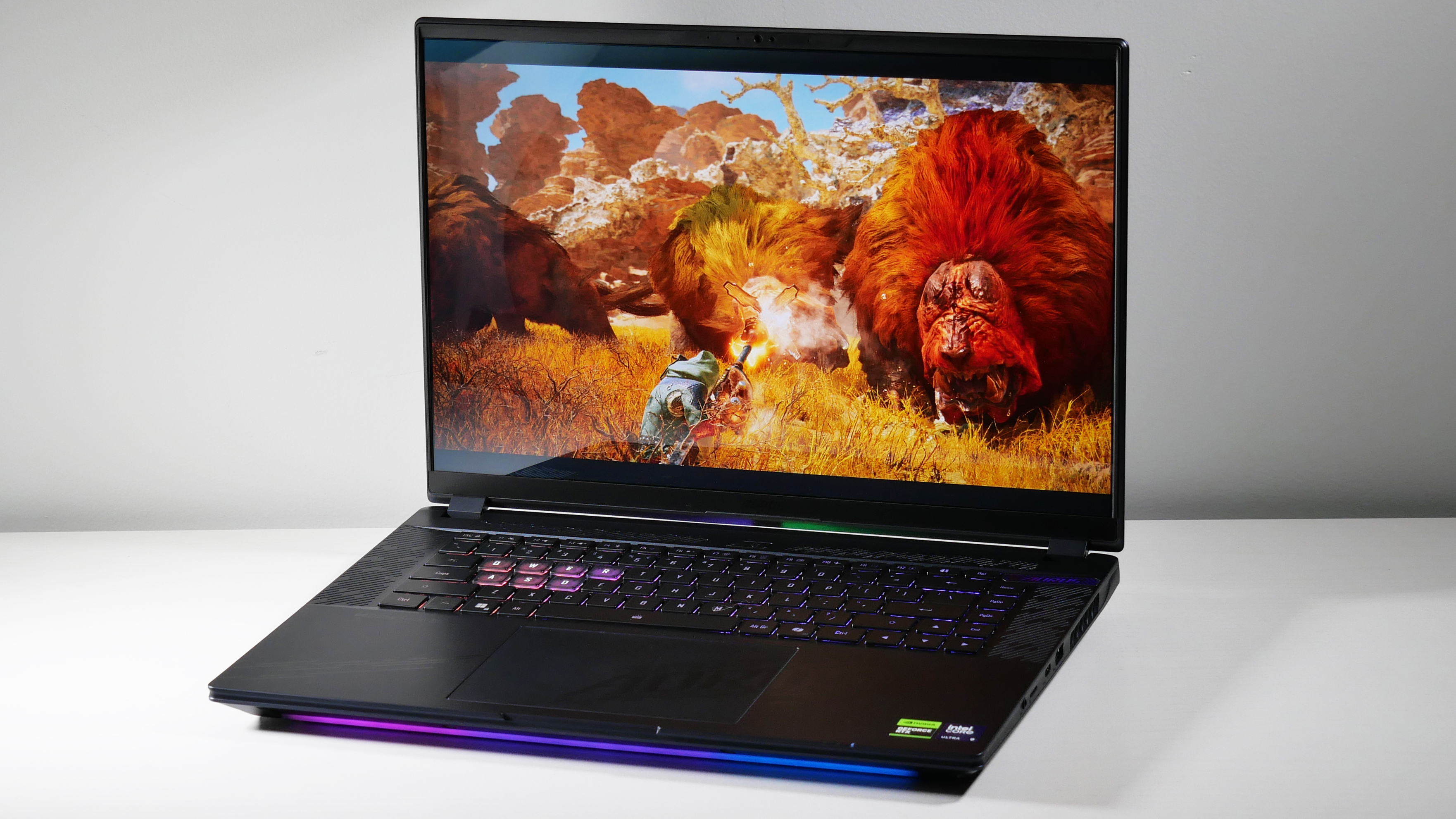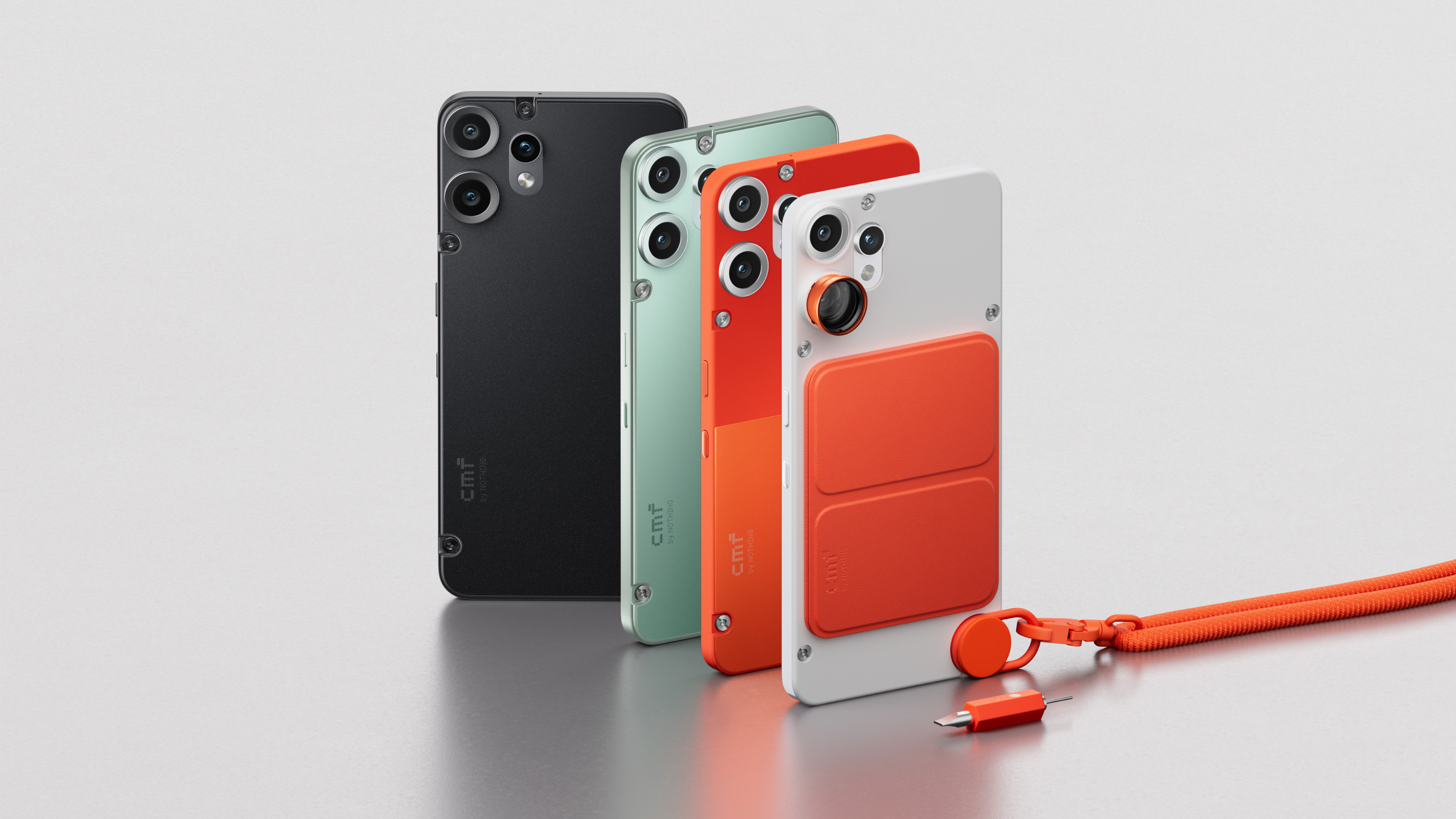Laptop Mag Verdict
The OnePlus 9 is an excellent flagship alternative offering (almost) all the features found in more expensive devices, including blistering performance and long battery life.
Pros
- +
Fantastic performance
- +
Long battery life
- +
Insane charging speeds
- +
Vivid and bright 120Hz display
- +
Decent photo and video quality
Cons
- -
Plastic frame
- -
No OIS (blurry night shots)
- -
Lacks expandable storage
- -
5G not supported on all carriers
Why you can trust Laptop Mag
Price: $729 ($829 as tested)
OS: Android 11 / Oxygen OS 11
Display: 6.55-inch, 2400 x 1080 AMOLED (120Hz)
CPU: Qualcomm Snapdragon 888
RAM: 8GB, 12GB
Rear cameras: 48MP wide (ƒ/1.8); 50MP ultra-wide (ƒ/2.2); 2MP monochrome
Front camera: 16MP (f/2.4)
Storage: 128GB, 256GB
Battery: 11:24 (60Hz); 10:53 (120Hz)
Size: 6.3 x 2.9 x 0.32 inches
Weight: 6.77 ounces
OnePlus was once synonymous with "great value" and while that hasn't changed, the company has since expanded in different directions. On one end, you have the OnePlus Nord N10 5G, a budget model that trades performance for quad cameras. On the flip side, is the OnePlus 9 Pro, a proper flagship with a price tag just below $1,000. The OnePlus 9, its cheaper sibling, lands in the price category that made OnePlus a contender among Android phone makers. It delivers excellent value with flagship-level performance at a slightly below flagship price.
OnePlus made very few missteps with the OnePlus 9. It has a gorgeous 6.55-inch display, the performance is unrivaled, and the battery lasts a full day then charges in the blink of an eye. Most importantly, OnePlus paid special attention to the cameras, getting an assist from Hasselblad to produce high-quality photos under most conditions.
There are a few small kinks to iron out — the low-light photos suffer from motion blur (no optical image stabilization included) — and the frame is made of plastic — but those problems shouldn't dissuade customers who want a flagship experience for well under $1,000.
OnePlus 9: Price and configurations
Just like the Pro model, the OnePlus 9 comes in two configurations available with 8GB of RAM and 128GB of storage for $729 or, in the case of our review unit, 12GB of RAM and 256GB of storage for $829. There are two color options: Astral Black and Winter Mist.
In Europe, the OnePlus 9 costs €699 and €799 for the 128GB and 256GB versions, respectively.
Exclusive to T-Mobile, the OnePlus 9 can be purchased from the pink wireless carrier for $30.42 over 24 months. It can also be bought unlocked at Best Buy, Amazon, and other major online retailers.
OnePlus 9 design
This is a handsome phone, but it fails to stand out.
Maybe it's the bland Astral Black color (it's black…), the been-there-done-that shape, or my budding distaste for glossy anything. No, those are only part of the problem; a bigger complaint is the plastic frame surrounding the OnePlus 9 instead of the premium material found on its predecessor. Overall, the OnePlus 9's design fails to inspire, especially when I place it next to the swanky matte-white finish on my Pixel 4XL.
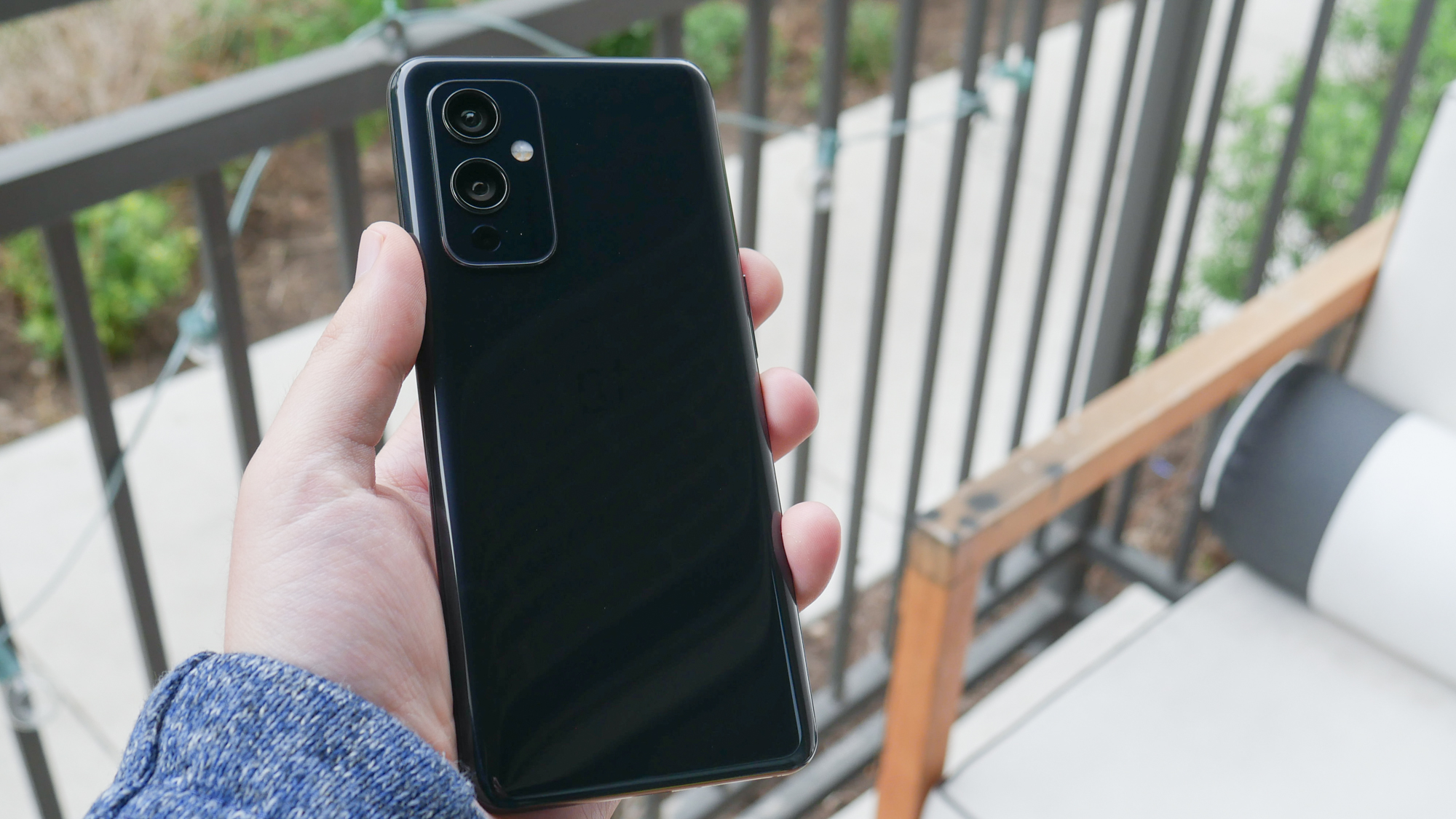
The OnePlus 9 is covered in glass from top to bottom. On the rear is glossy glass bonded with a matte film and a barely visible OnePlus logo in a darker shade of black. A volume rocker is on the left edge and a useful iPhone-style ring/vibrate/silent slider is on the right. At 6.3 x 2.9 x 0.32 inches and 6.77 ounces, the OnePlus is predictably taller and heavier than the 6.2-inch Samsung Galaxy S21 (5.97 x 2.8 x 0.31 inches, 5.95 ounces) and the 6.1-inch iPhone 12 (5.78 x 2.81 x 0.29 inches, 5.8 ounces).
A rectangular camera module is located in the top-left corner and oriented vertically with the three lenses positioned in a straight line. The camera bump protrudes enough to make the phone feel unsteady on a flat surface. Pushing the top-left or bottom-right corner of the device made it rock back and forth. I'll touch on this later, but a new addition to the OnePlus aesthetic is "Hasselblad" inscribed just under the camera flash. For those who haven't heard, OnePlus is teaming with the Swedish luxury camera maker to enhance the quality of its cameras.
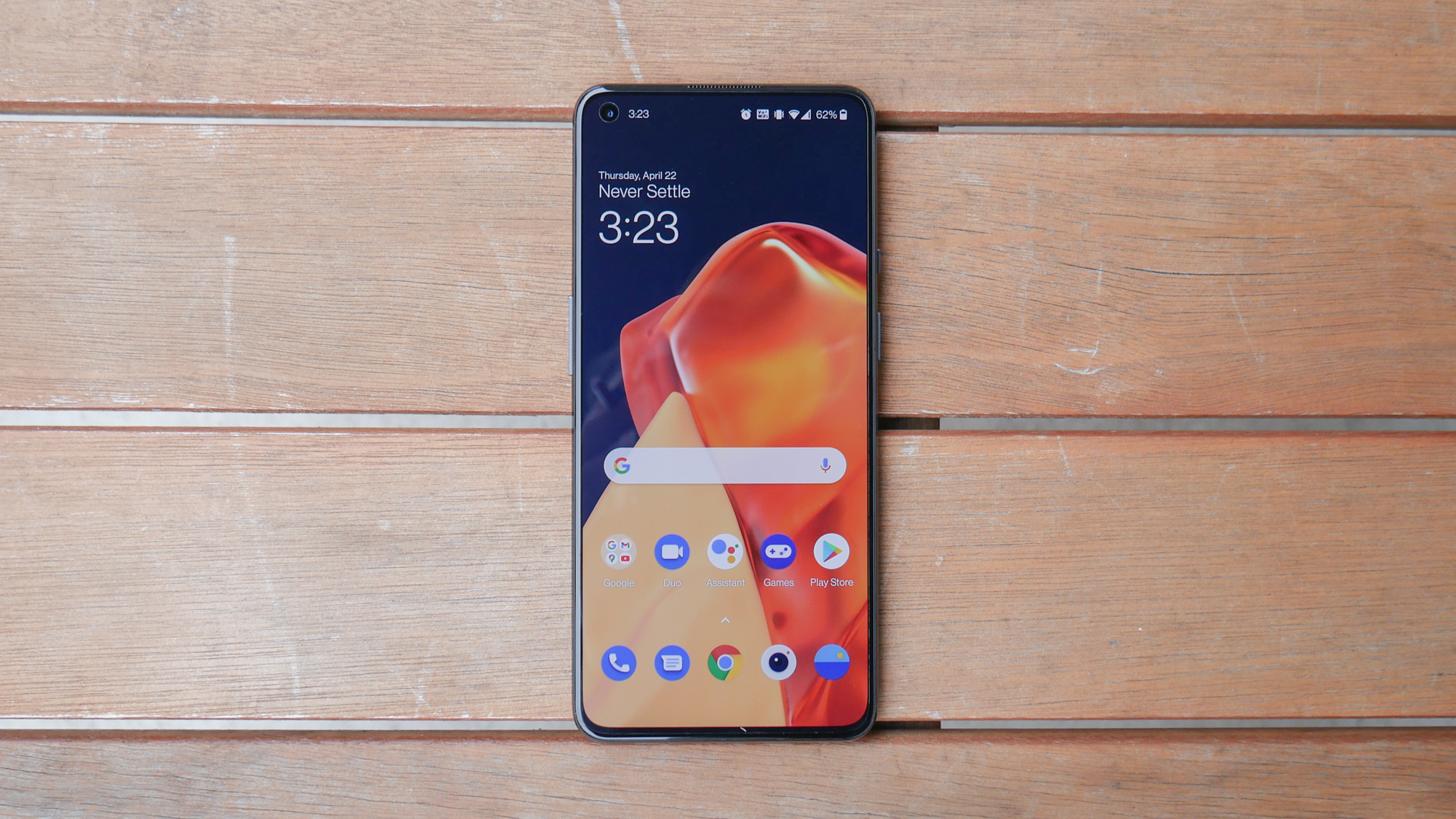
Moving to the front, the OnePlus 9 has practically no bezels around the 6.55-inch display — only the narrowest of speaker grilles at the top. There isn't room for a selfie lens so OnePlus opted for the hole-punch camera in the top-left corner.
The OnePlus 9 is a large phone, but it feels good in the hand. Gentle curves on the back panel conformed to my fleshy palm while the flat edges were easy to grip. Unlike the Pro model, the OnePlus 9 has a flat screen instead of a rounded one. I don't mind as this reduces the chances of accidental touches and allows for a glass screen protector.
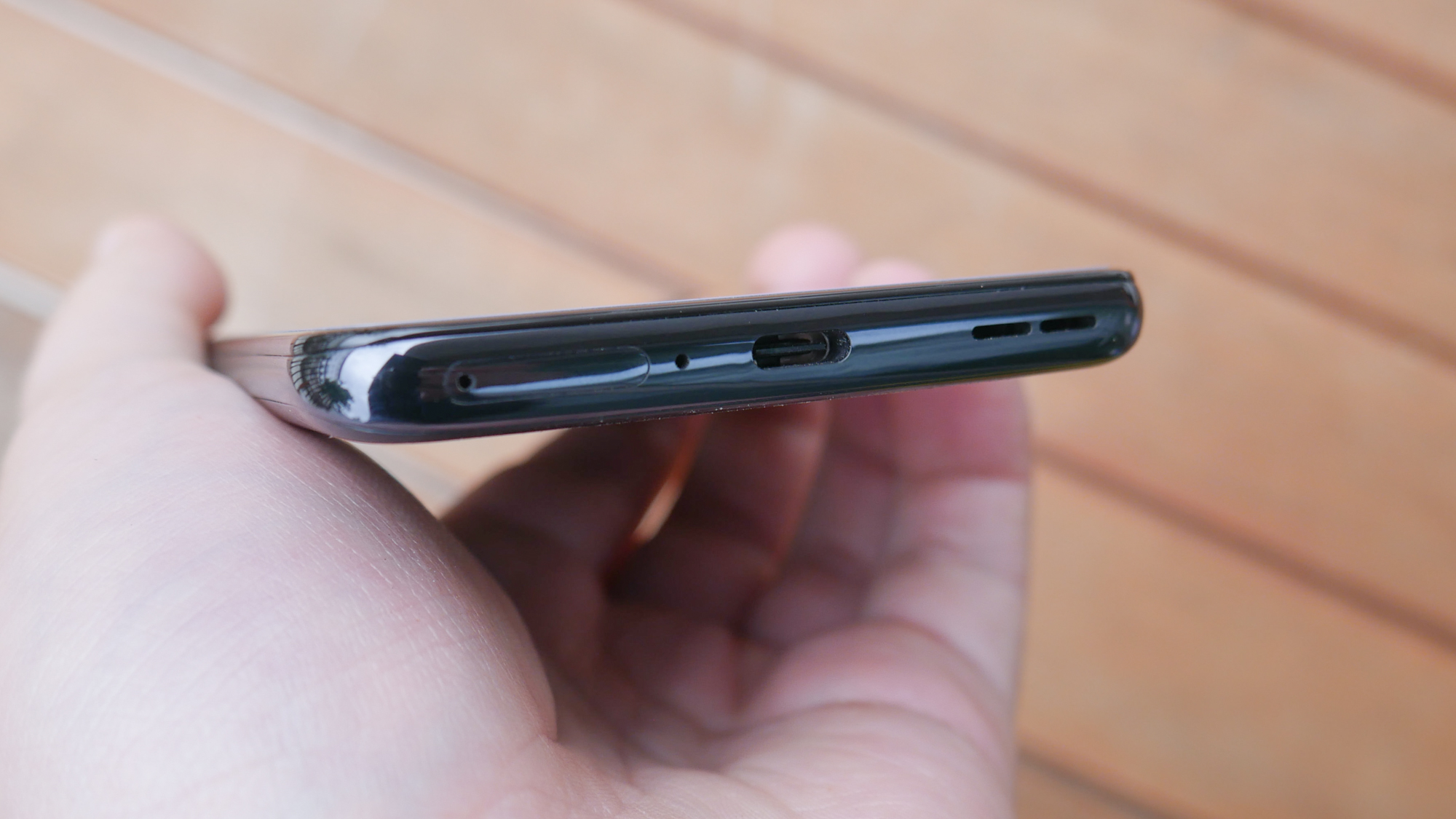
Oddly, the OnePlus 9 sold through T-Mobile has IP68 water and dust-resistant resistance, but those sold unlocked from a major retailer (Best Buy, Amazon,etc) do not. These versions, in all likelihood, are built the same, it's just a matter of OnePlus saving money on the certification in order to keep the price down. What all version of the OnePlus 9 skip is the microSD card slot for storage expansion, so what you see is what you get.
OnePlus 9 display
The 6.55-inch, 2400 x 1080-pixel AMOLED display is gorgeous, consistently produced vivid and bright images whether I was watching videos or browsing the web.
Moreover, the 120Hz refresh rate made everything flow like water down a stream. Flipping between homepages happened instantaneously while fast-action scenes in movies had an added intensity. There are a few downsides to using the 120Hz setting. The big one is the toll it takes on battery life (don't worry though, I'll explain why later). Another is that the refresh rate does not adjust dynamically based on the content you're viewing — a method for optimizing efficiency — so it will always remain at either 60Hz or 120Hz.
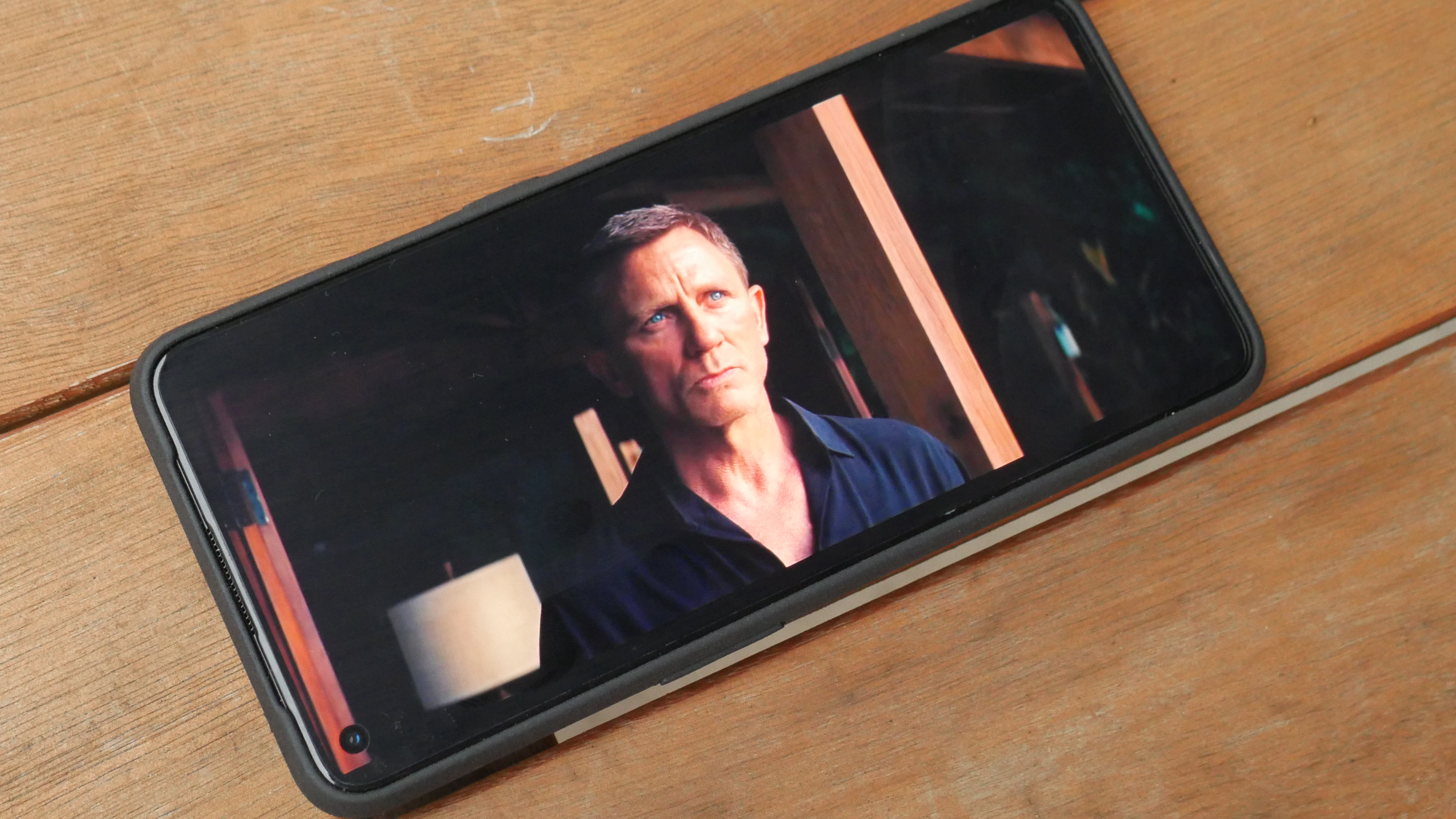
The OnePlus 9 gave me the cinematic experience I've longed for in the past year and a half as the pandemic has forced the shutdown of movie theaters. Of course, it isn't exactly like watching it on the big screen. Still, the trailer for 007 No Time to Die was a visual spectacle on the 6.55-inch panel. I spotted each strand of hair in Daniel Craigs' well-groomed stubble and his piercing blue eyes were like aquamarine.
I had to zoom to fit some videos to the full screen while others automatically stretched across the entire canvas. Once the videos were in full-screen mode, I could appreciate the slim bezels surrounding the panel, a feature that made soccer highlight clips more engrossing.
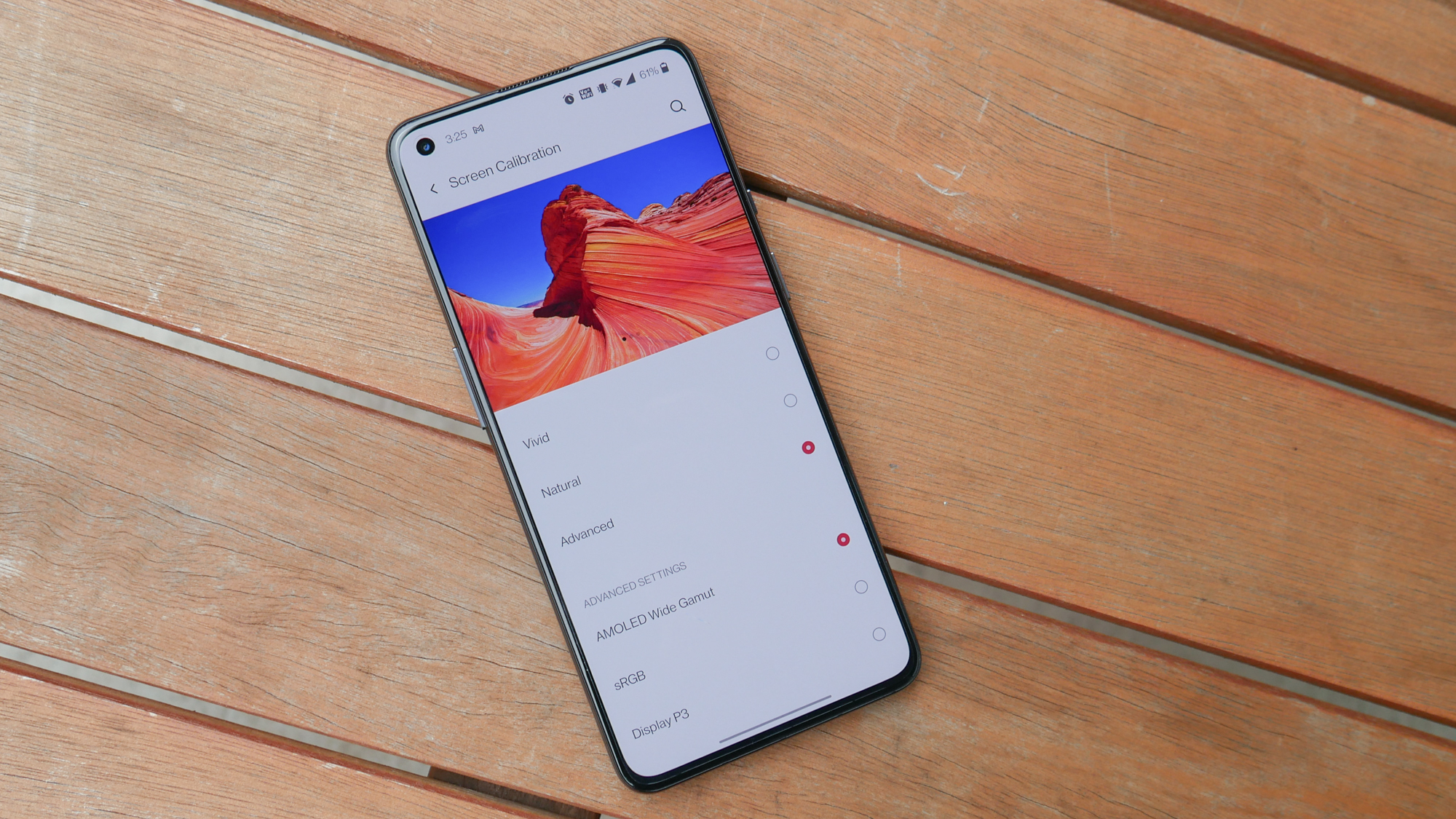
For the most saturated colors, turning the Vivid setting on allows the OnePlus 9 to cover 141.3% of the DCI-P3 color gamut, making it much more colorful than the iPhone 12 (81.1%) and the Galaxy S21 (77.4%) in natural mode (the Galaxy S21 in vivid mode will likely fare much better as the S21+ got 150.4%). For more natural colors, the default display setting covers 73.8% of the color space.
Averaging a peak brightness of 696 nits, the OnePlus 9 can be easily used outside on a sunny day. It doesn't quite outshine the Galaxy S21 (711 nits) with adaptive brightness turned on, but it did out-illuminate the iPhone 12 (570 nits).
Color accuracy isn't a problem on the OnePlus 9 which scored a Delta-E (lower is better) of 0.27 and 0.28 with the display set to Natural and Vivid, respectively. Both the iPhone 12 and Galaxy S21 did marginally worse at 0.29.
OnePlus 9 audio
The OnePlus 9’s dual front-facing speakers get loud, but won't replace your Bluetooth speaker. For calls, the OnePlus 9 did just fine. I even turned the volume down to about 50% while on a call with my brother, who sounded crisp through the loudspeaker. I tried listening to Kanye West's “My Beautiful Dark Twisted Fantasy” album but made it through two verses in Dark Fantasy before putting on my Sennheiser HD650 headphones and listening on my Dell XPS 15.
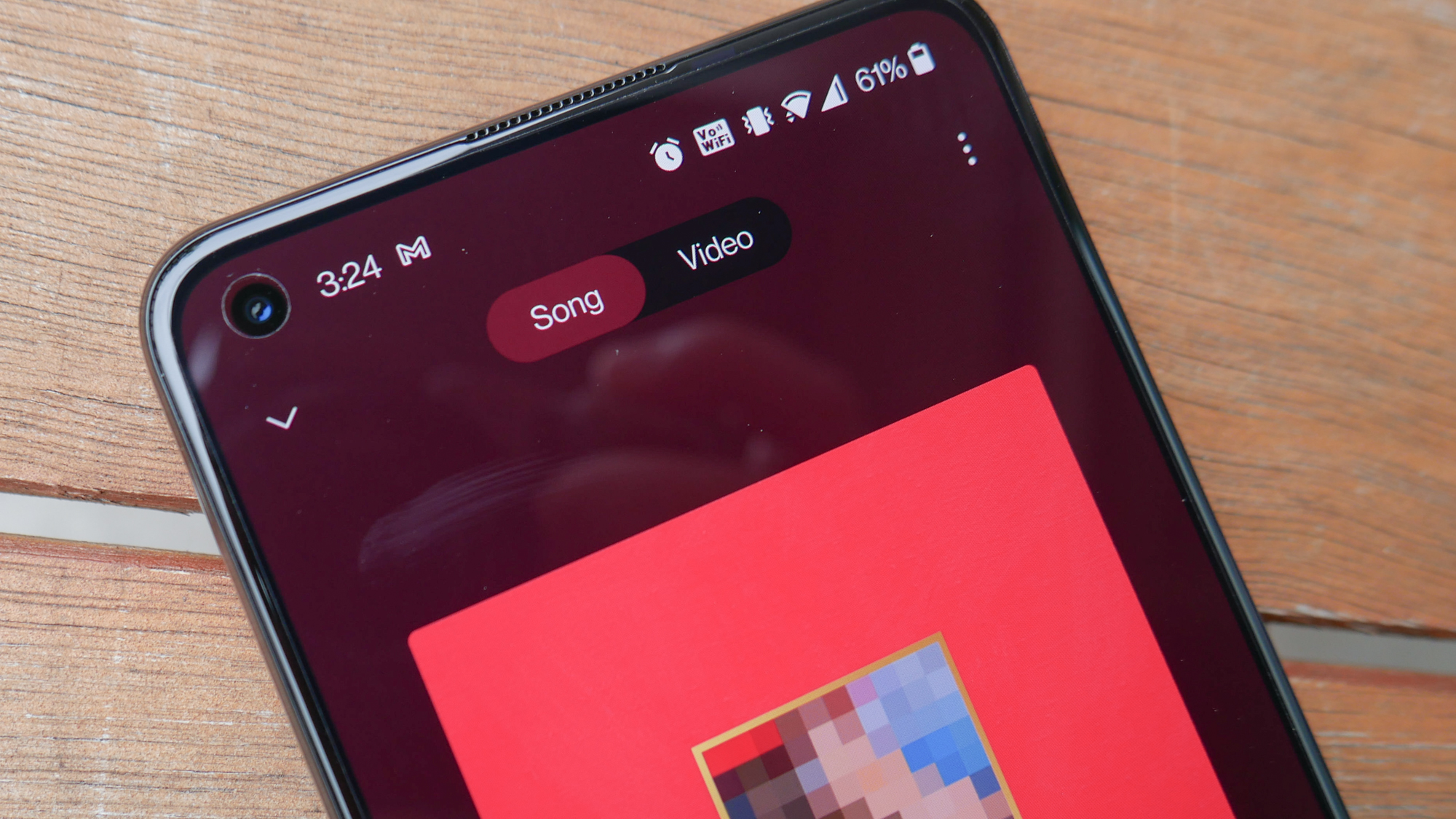
I couldn't just plug it into the phone because it lacks a headphone jack. I gave the OnePlus 9 another chance with "Runaway," my favorite track on that album. The high-pitched notes, including the pared-down piano, were crisp, but the midrange sounds (like West's vocals) were muffled.
OnePlus 9 performance
Equipped with the latest Snapdragon 888 SoC and 12GB of RAM, the OnePlus 9 is among the fastest Android phones on the market. It's a remarkable feat when you consider how much more affordable the OP9 is than most flagships (including the OnePlus 9 Pro).
Real-world performance was blink-and-you-miss-it quick, with apps loading instantly and multiple web pages firing up without a hint of sluggishness. I played Call of Duty: Tokyo Escape, streamed music through YouTube Music, and flipped between dozens of Chrome tabs without the slightest slowdown. Even navigating the UI felt quicker than any phone I've used before. Credit not only belongs to the Snapdragon 888 — the fastest chip this side of Cupertino — but also the 120Hz refresh rate display, which made the UI zing as I swiped between the home screen and app drawer.
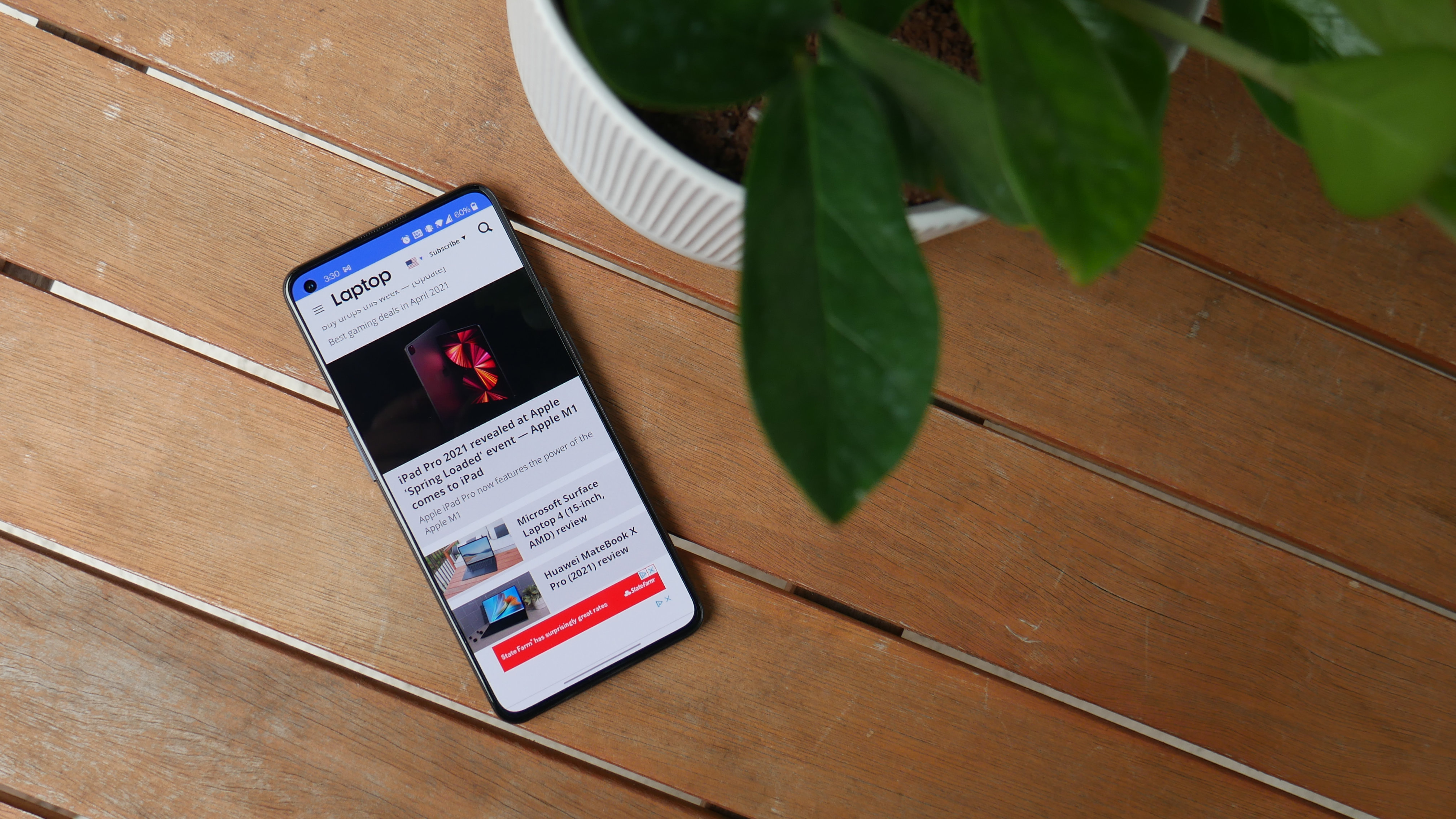
The OnePlus 9 uses Qualcomm's X60 5G modem, but its support for U.S. carriers is confusing. If you're a T-Mobile user, you're in luck; the OnePlus 9 supports T-Mobile's 5G network without restriction. As for Verizon, the OP9 can only use the slower nationwide network and not the quicker ultra-wideband (which is supported on the OnePlus 9 Pro). AT&T customers are, unfortunately, completely out of luck with no announced support as of mid-April 2021.
On the Geekbench 5 overall performance test, the OnePlus 9 scored 3,618, beating the Galaxy S21 (3,302), although the iPhone 12 (3,859) with its A14 Bionic CPU remains the performance champ. But as you can see, the gap between the quickest Android phone and iPhone is narrow.
The OnePlus 9 didn't light up the scoreboard in our graphics test in the same way, hitting 34 frames per second on the Wild Life Unlimited 3DMark test. That is a good score, but the Galaxy S21 notched 35 fps and the iPhone 12 hit 51 fps.
On our Adobe Premium Rush benchmark, the OnePlus 9 took 1 minute and 1 second to convert a 4K video to 1080p resolution. The Galaxy S21 took 2 seconds longer while the iPhone 12 needed only 26 seconds.
OnePlus 9 battery life and charging
The 4,500mAH battery in the OnePlus 9 will easily get you through a full day on a charge. I was never forced to plug the phone in before I clocked out each night. That’s a major benefit because I often forget to charge my Pixel 4XL, only to find it dead when I wake up in the morning.
On a typical day, I'll spend a few hours browsing the web, an hour or so chatting with my family on Messenger, and a concerning amount of time checking social media. Even with my obsessive Twitter habits, the OnePlus 9 always had at least a 10% charge before I set it on my nightstand at around 11:30 pm each day. There was even some extra juice on days when I mounted the OnePlus 9 to my bike and used the navigation to cycle to nearby tennis courts — Google Maps navigation is usually a battery killer but not in this case.
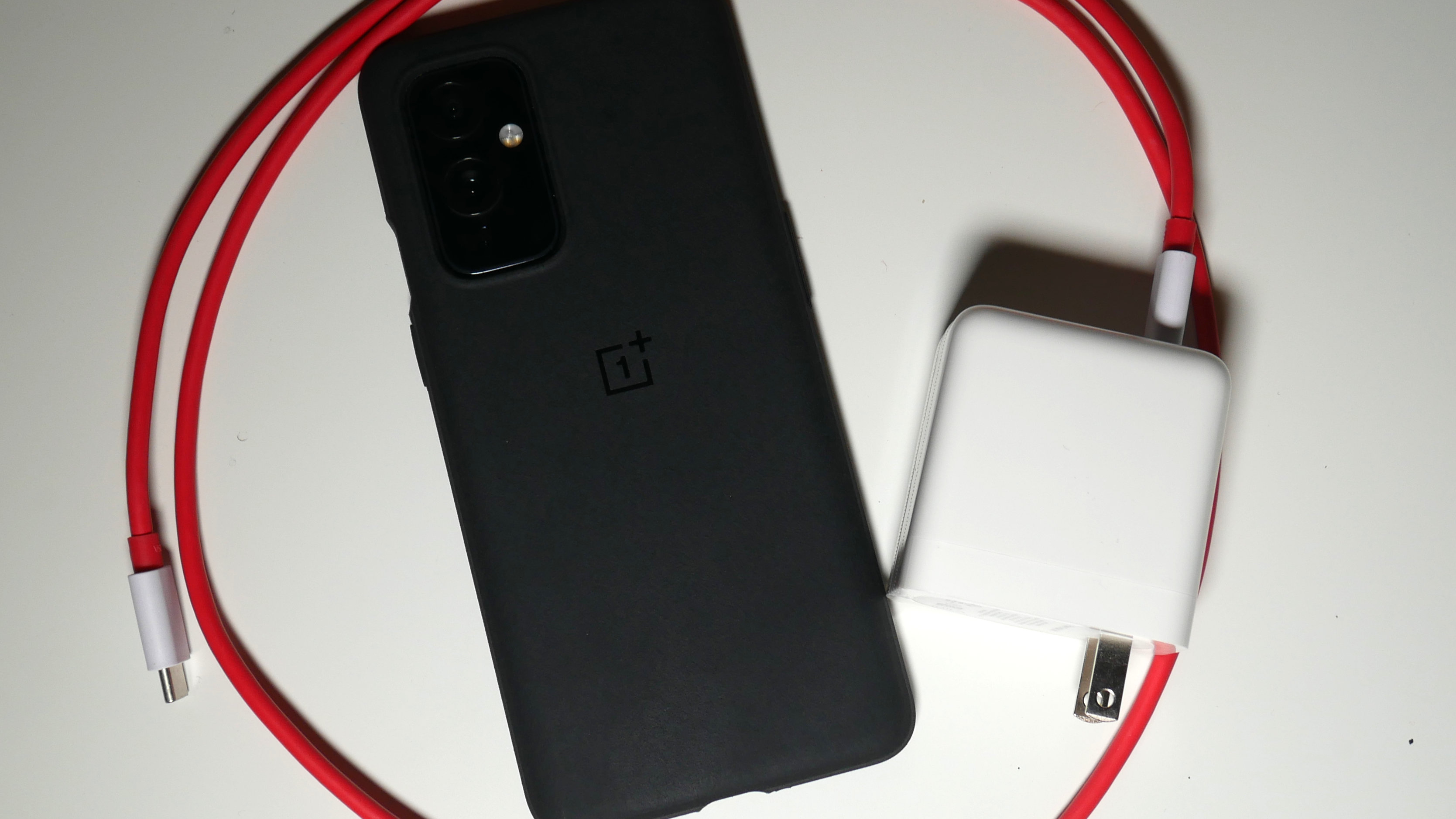
The superb battery life I experience in day-to-day use was quantified in our lab tests where the OnePlus 9 endured for 11 hours and 24 minutes on the T-Mobile network with the screen set to 120Hz. On AT&T's network, the phone lasted for 10 hours and 24 minutes. That's great news because it means you don't need to drop the refresh rate especially since the OnePlus 9 got about the same runtimes at 60Hz (10:53). For comparison, the Galaxy S21 endured for 9:53 while the iPhone 12 clocked out at 10:23.
So the run times are great, but endurance isn't the most impressive thing about the battery. What is, is how mind-blowingly fast the phone charges using the Warp Charge 65 Power Adapter included in the box. It is so fast, you can literally watch the percentage go up within seconds. OnePlus claims the phone will go from 0% to 100% in just under half an hour. In our own testing, the OnePlus 9 went from 0% charged to 98% charged in 30 minutes after hitting 62% at the 15-minute mark.
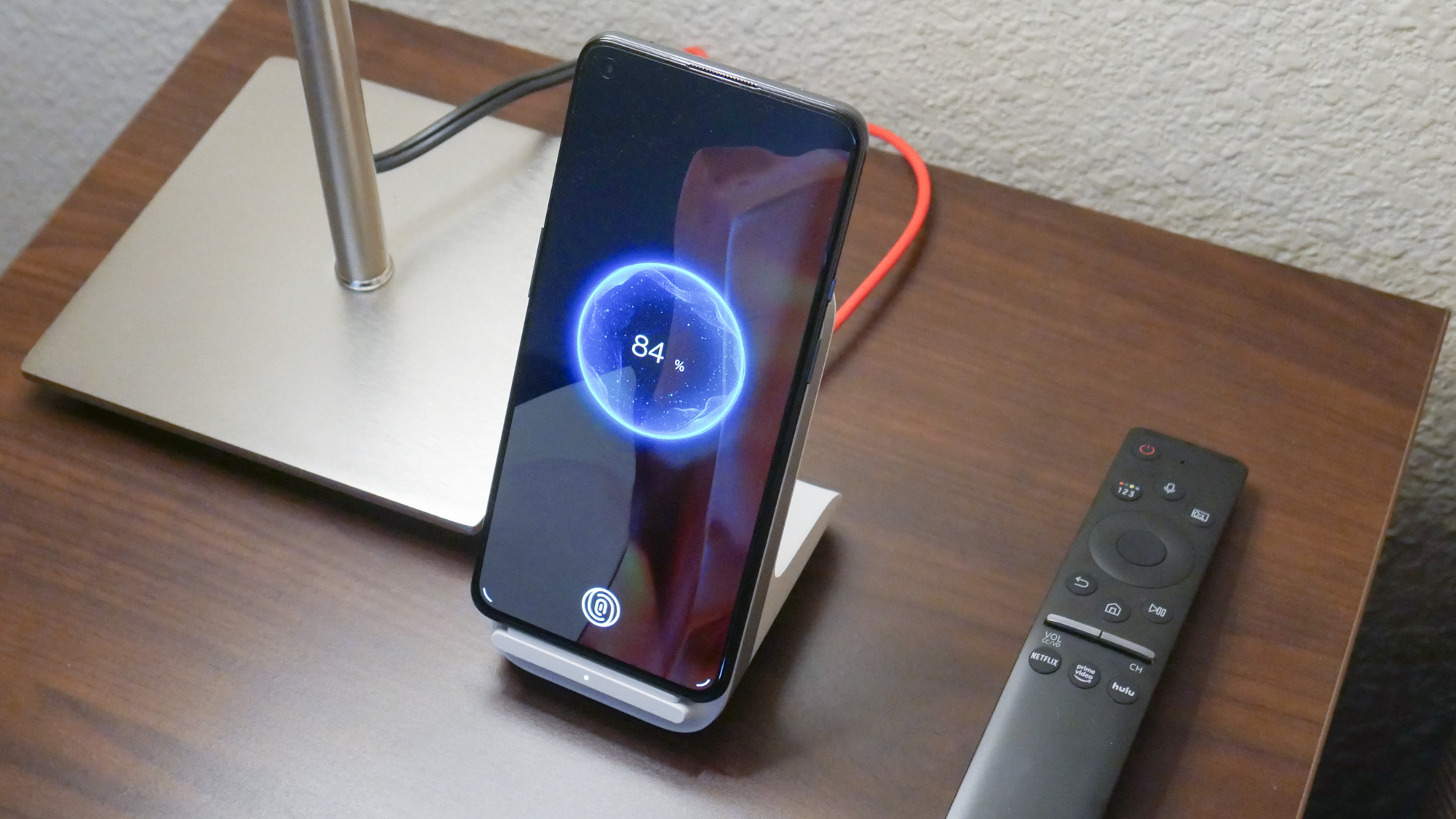
If you don't want to deal with cords, the OnePlus 9 supports 15W Qi wireless. I personally go the wired route — I can plug in the dead OnePlus 9, take a shower, check my emails, and come back to find it 100% charged.
OnePlus 9 cameras
OnePlus created some buzz when it announced a partnership with Swedish luxury camera brand Hasselblad. The results of this newly formed team might not be fully realized just yet, but the shots I took with the OnePlus 9 suggest a promising future lies ahead.
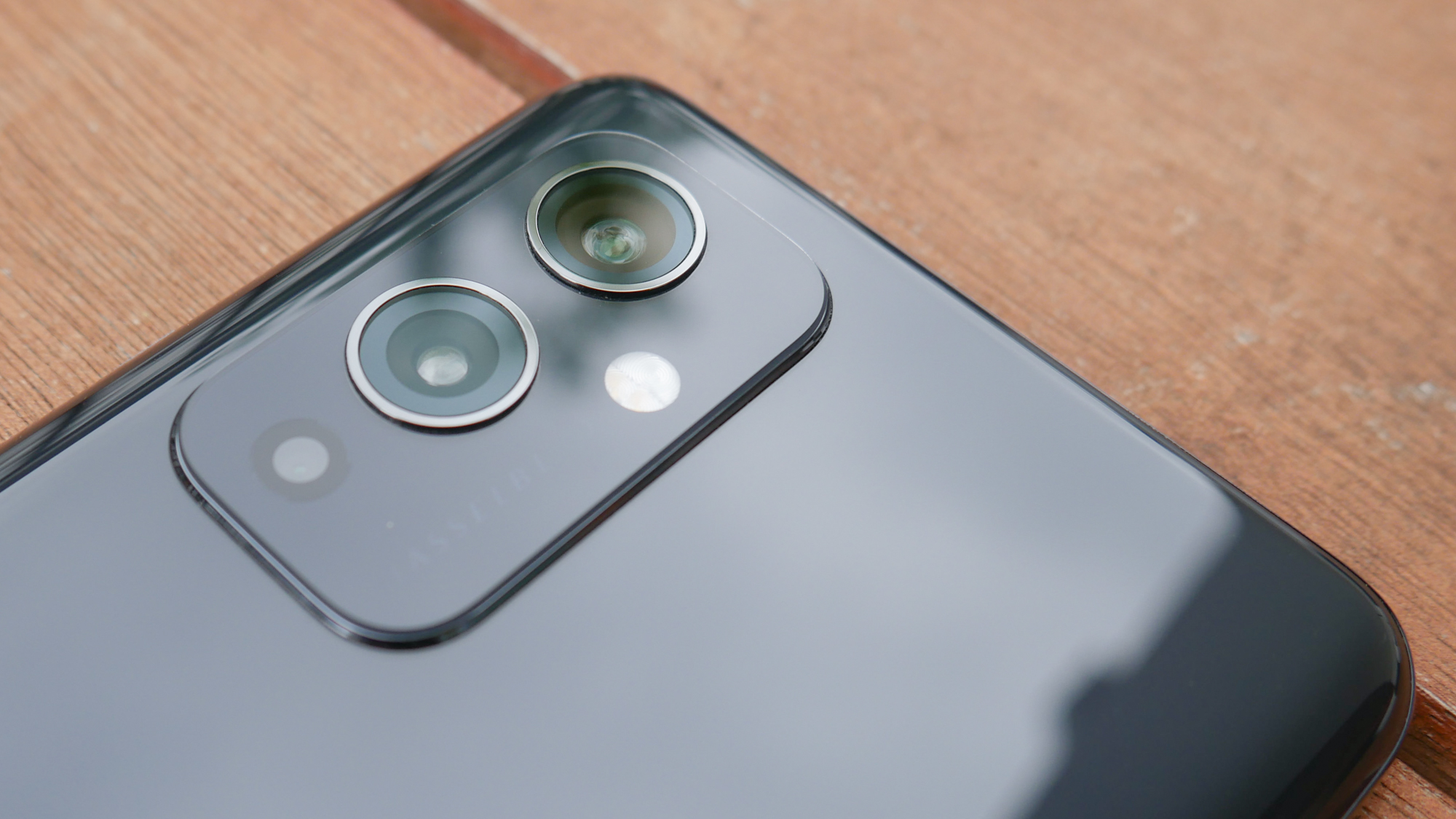
As for the camera setup itself, well, it's got a lot of megapixels! The main wide-angle camera has a 48MP, f/1.8 lens; there is a secondary 50MP, f/2.2 ultra-wide lens; and the third of this triple-camera array is a 2MP, f/2.4 monochrome camera for black-and-white photography and improved low-light images. What you miss from the OnePlus 9 Pro is the 8MP telephoto lens, although that specific zoom lens doesn't compare with what Samsung offers and you can just as effectively use the 48MP primary camera with some clever post-image cropping.

Starting with the main camera, the 48MP, f/1.8 takes good shots under both bright and low-light conditions. This photo of a German Shepard being a silly good boy shows good details and strong color accuracy. You can see blades of grass and strands of hair though zooming in reveals some visual noise.


These two shots of a wasp snacking on nectar show how you can use the main camera with the 2x zoom for a subject you might not want to get too close to. I'm happy with both shots even though the background is unevenly blurred. I also had to retake this shot a few times. That might not have been the case if there were built-in OIS to keep things steady. Still, there is sharp detail and the flower was that exact hue of purplish pink.
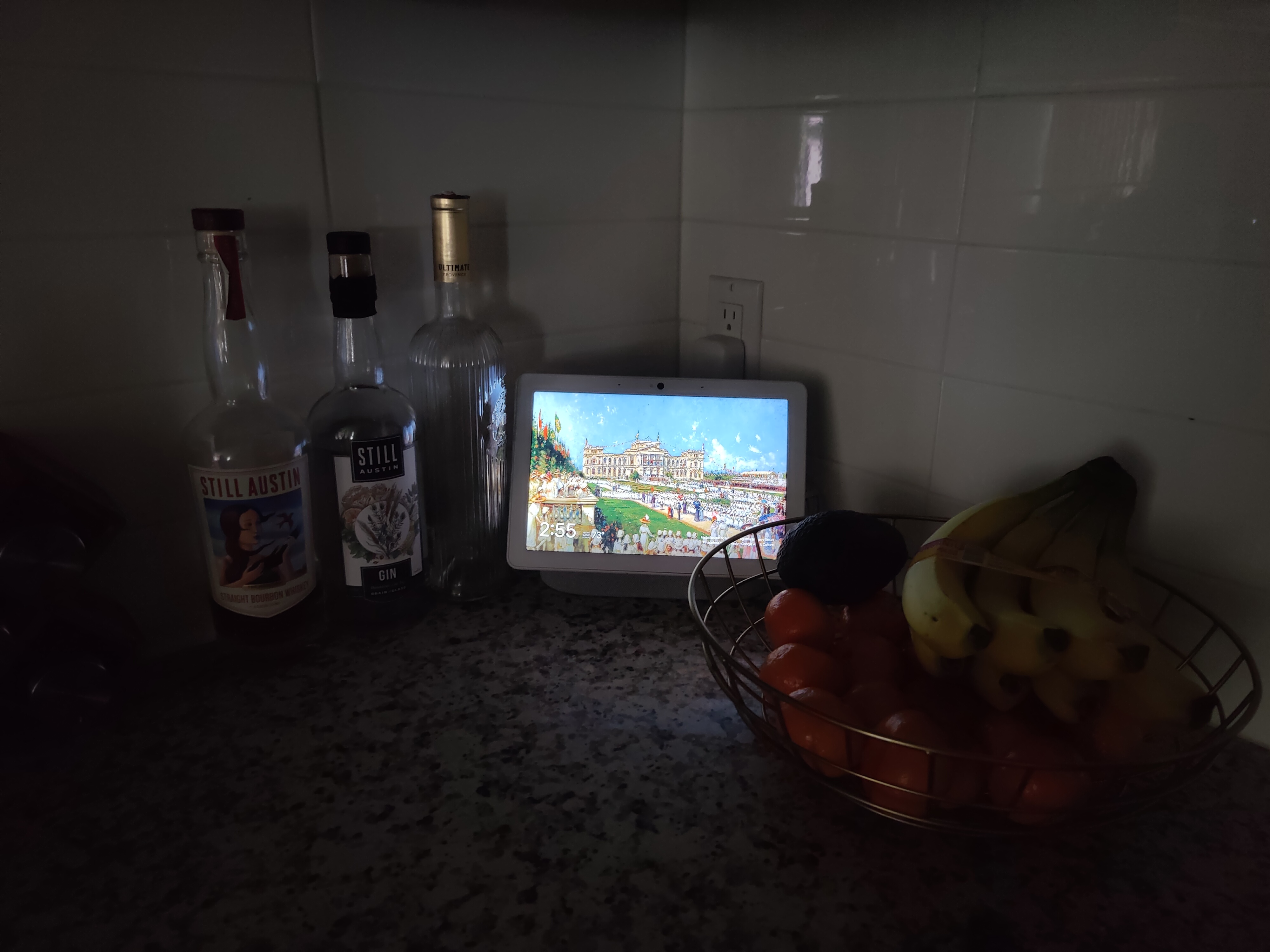
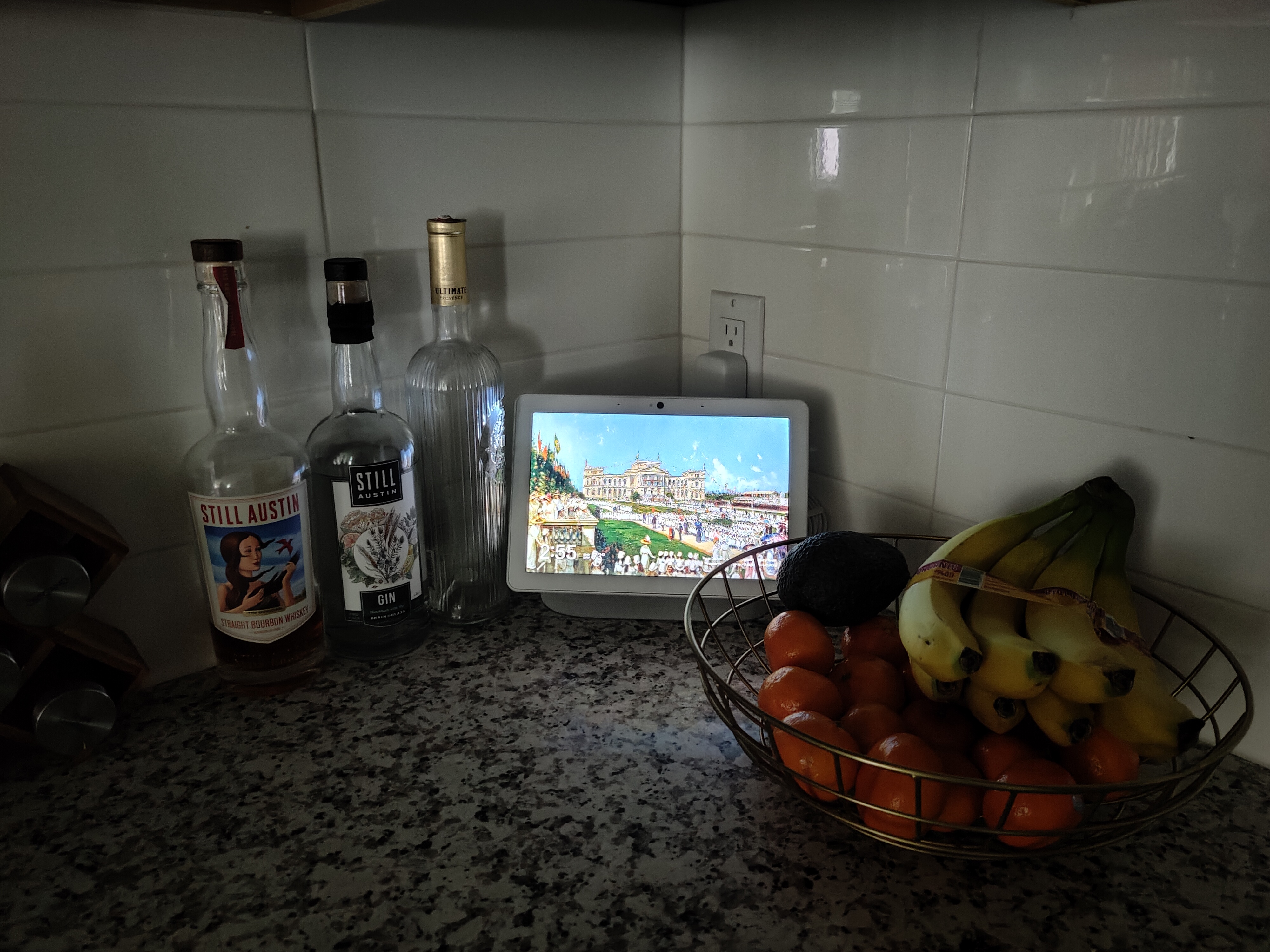
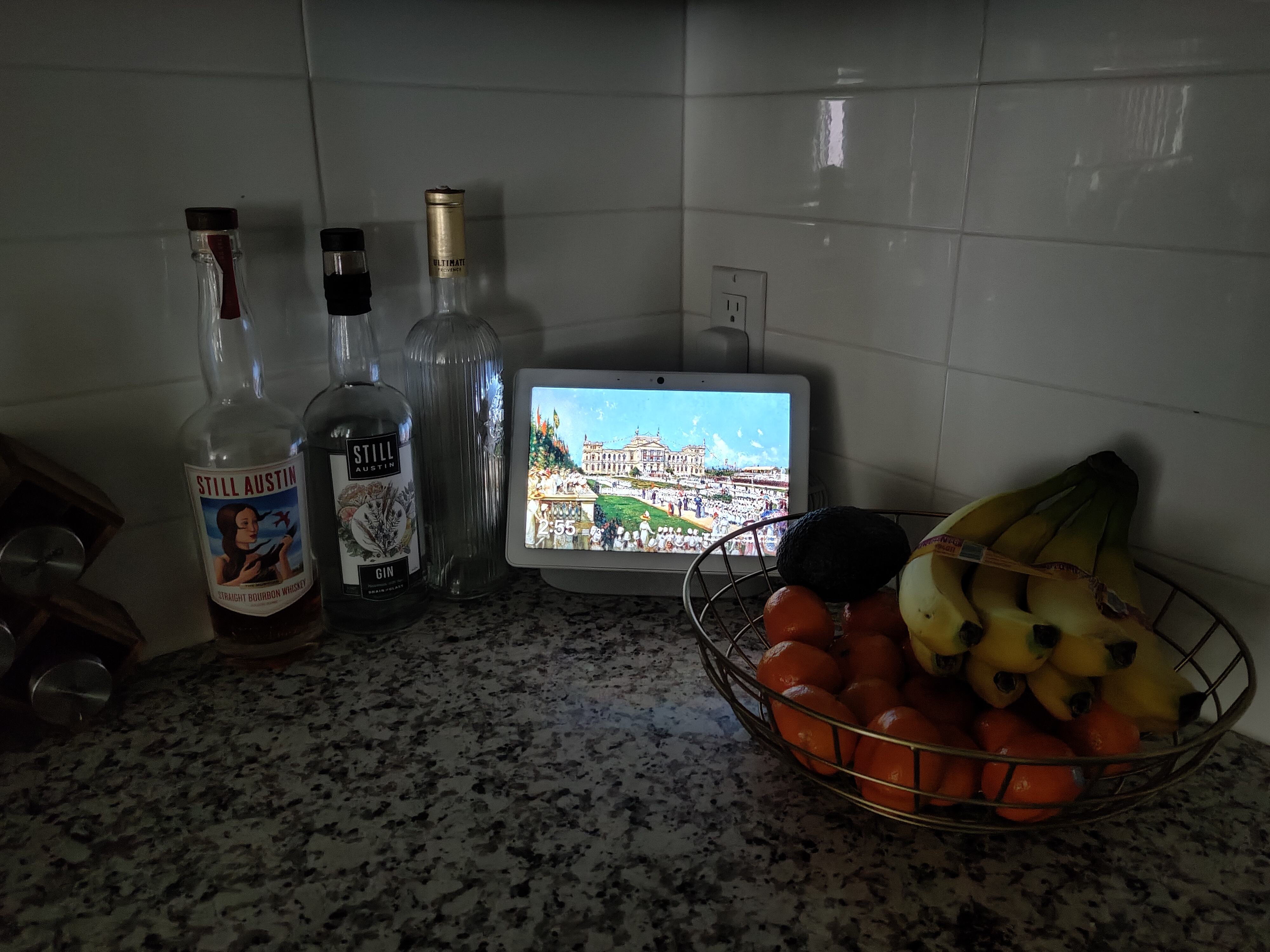
The OnePlus 9 takes good low-light images as shown in my test shot. This image was taken in my kitchen with only streams of light filtering in between blinds from a distant sliding door. The Nightscape mode isn't what improved the shot, but rather, that credit belongs to the HDR mode. Unless you're in near-complete darkness, photos taken with the standard camera mode and HDR turned on look almost identical to those with Nightscape on. Turn off HDR and the image looks dark and grainy.
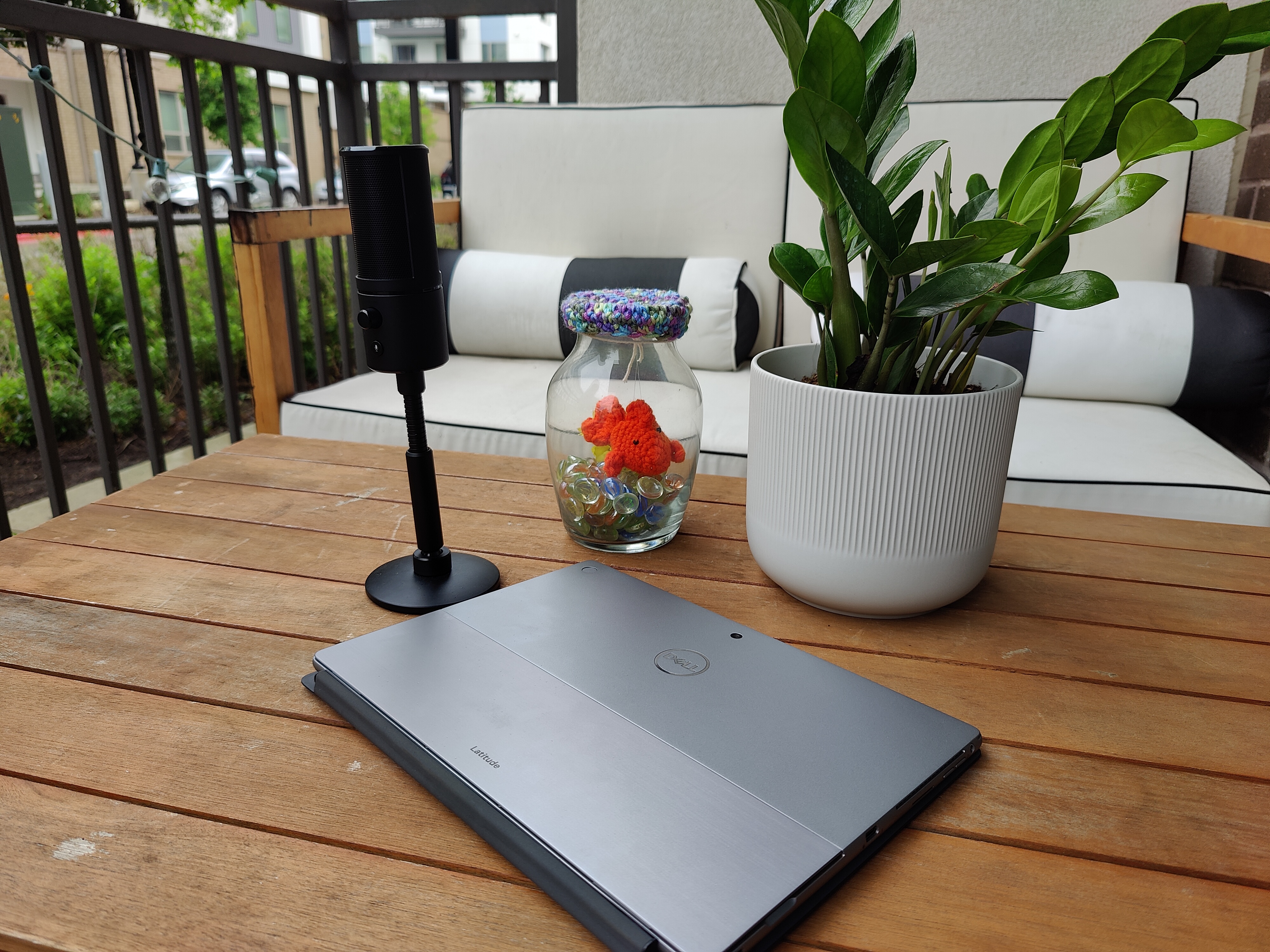
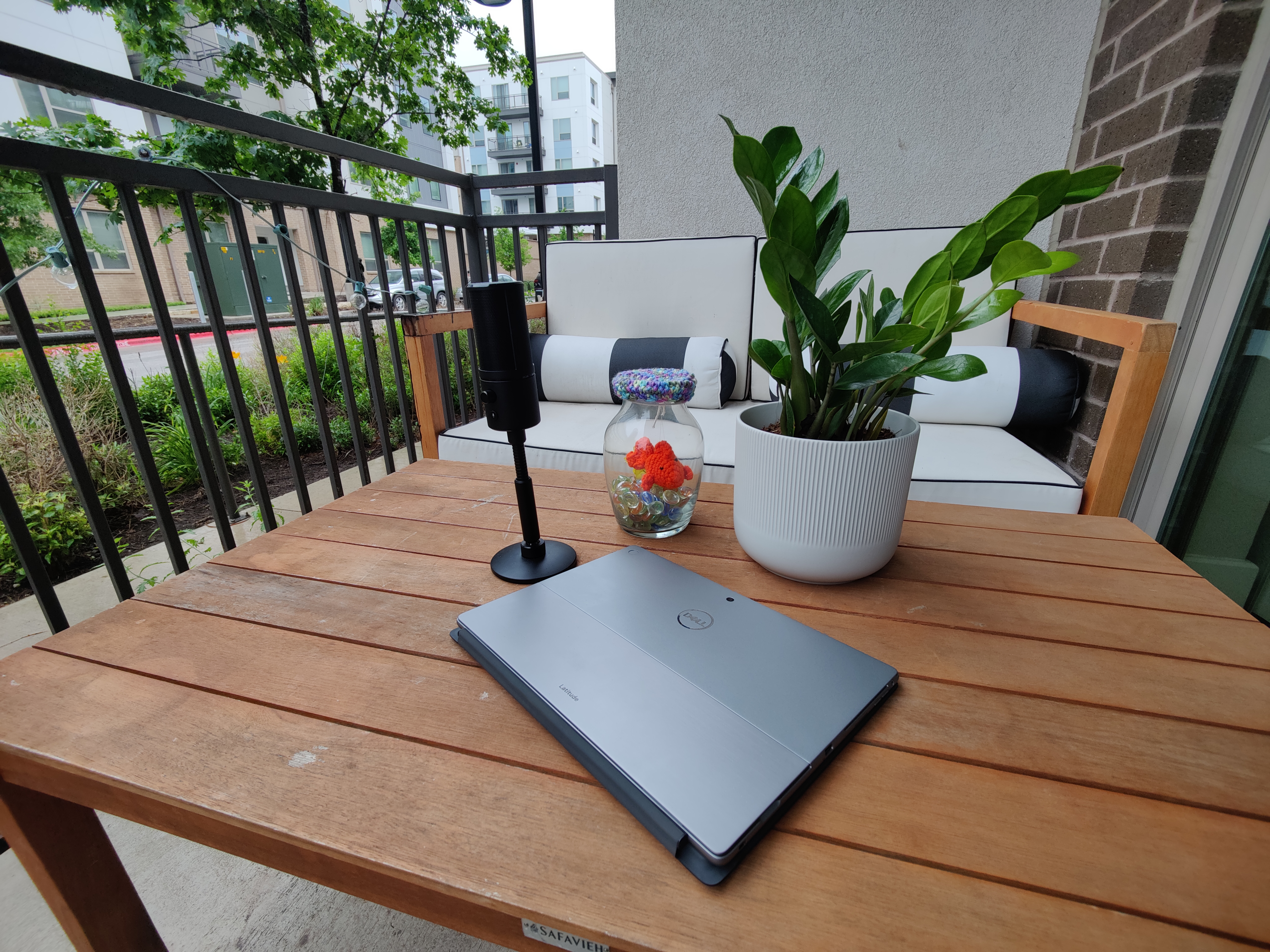
Using the 50MP ultra-wide-angle lens gets you a much wider field of view but at the expense of edge distortion. The warping around the edges isn't too bad; I wouldn't hesitate to upload a beautiful landscape photo using this lens but I'd try using the main camera with panorama mode if I were to print it later on.

The 16MP f/2.4 front-facing camera is a good one. This selfie I snapped is very detailed; so detailed that you can see every loose strange dangling from my pandemic-era beard. Creases in my eyes and thread lines in my collar are also visible. I even like the colors; my rosy completion is spot-on and you can see a faint hint of greenish-yellow in my eyes.
OnePlus 9 software
OxygenOS 11 is the next best thing to stock Android 11. And in some ways, it makes Google's mobile operating system even better. While it might not look as close to pure Android as previous versions of OxygenOS, the UI on the OnePlus 9 is fluid and intuitive.
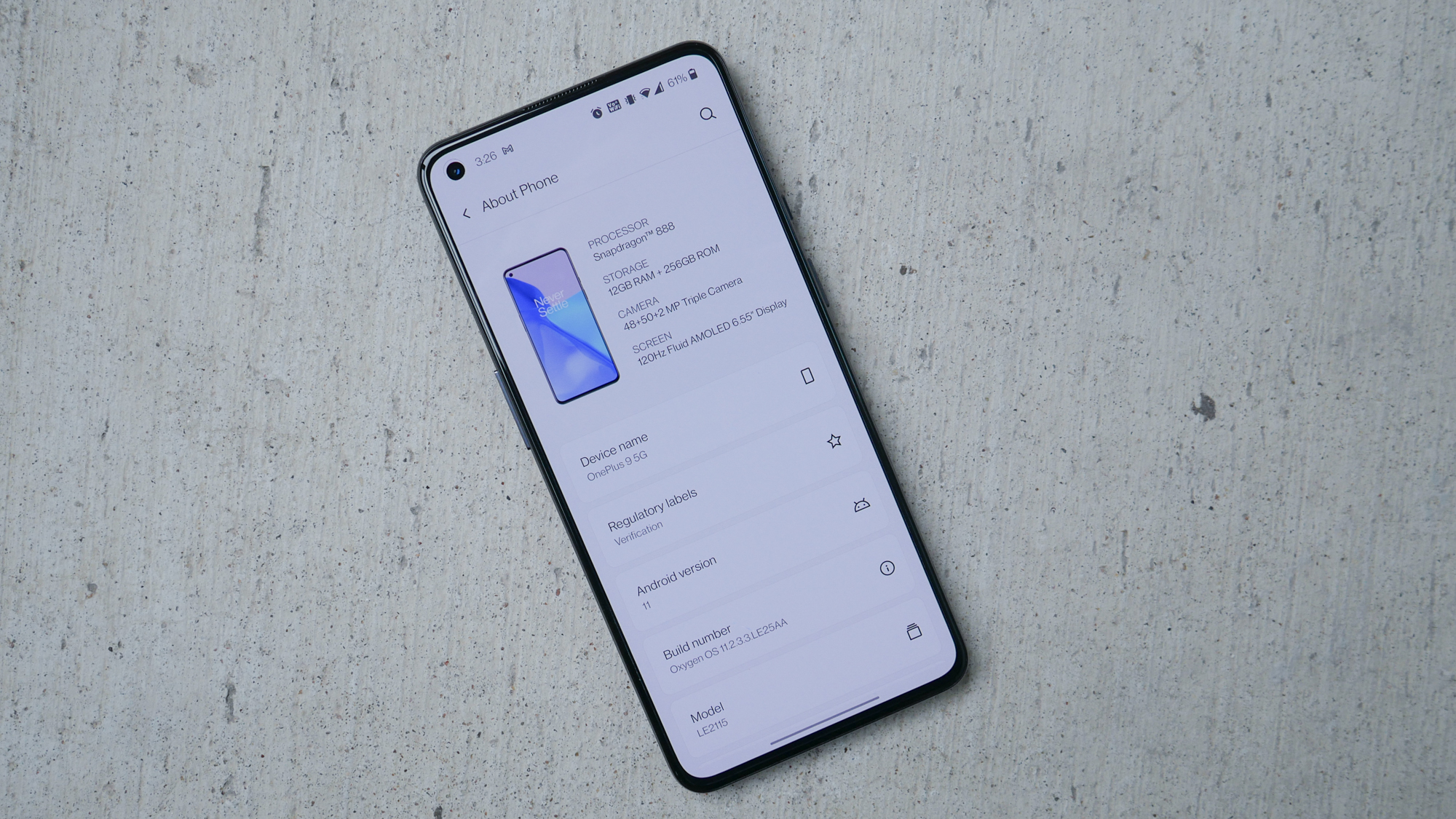
OnePlus changed the layout to make it easier for those with smaller hands to reach important menus given the size of the screen. It is a considerate quality-of-life change hiding in the background of everything you do. OxygenOS 11 also expanded the always-on display functionality and a new Turbo Boost 3.0 supposedly uses RAM compression and vRAM so you can keep 25% more apps open in the background without hurting performance.
Continued software support is a factor you shouldn't skip when deciding which phone to buy. With the OnePlus 9, you'll get two major Android updates and three years of security patches. That's standard stuff from an Android phone but outmatched by Samsung and Google.
Bottom line
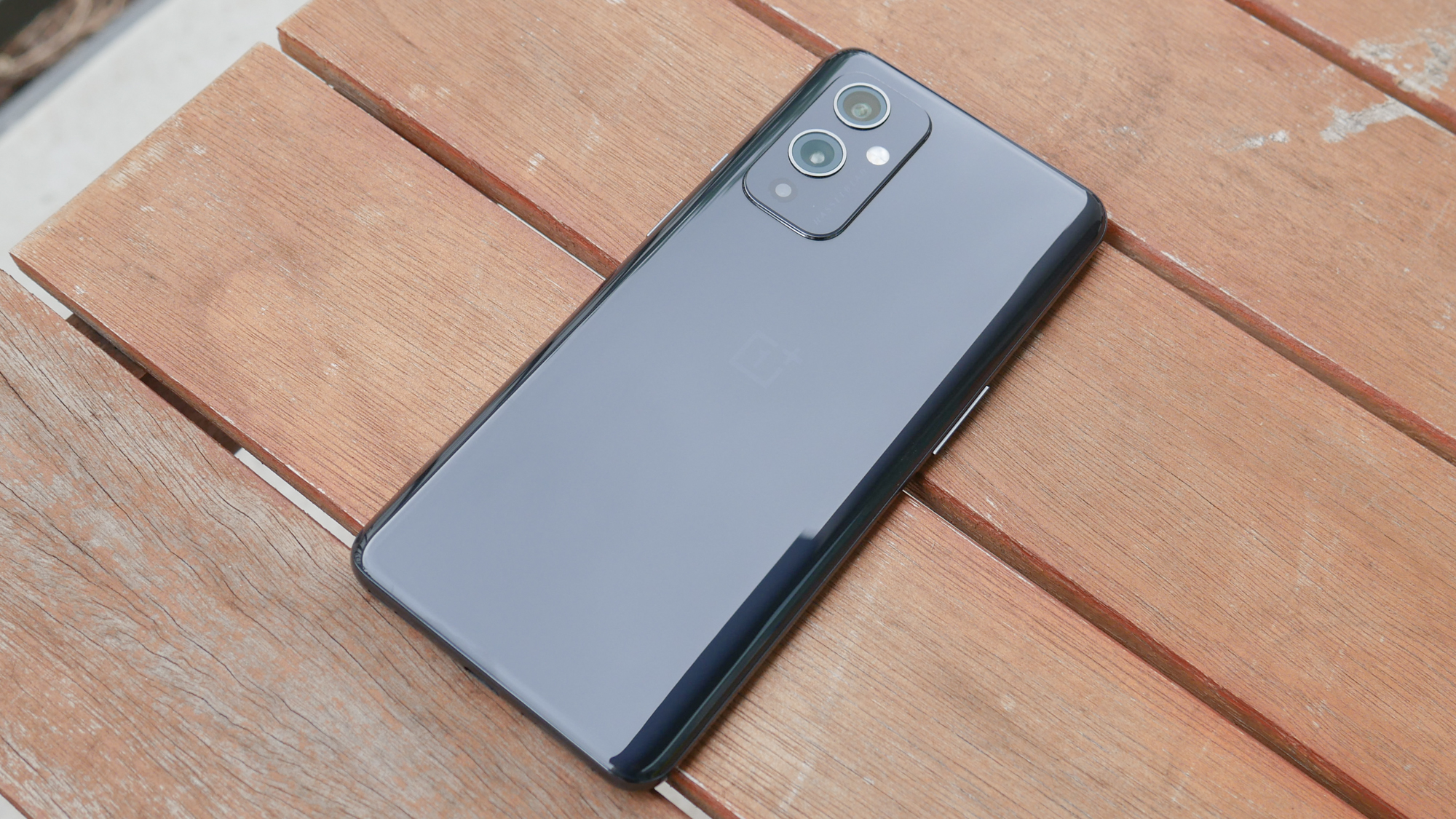
The OnePlus 9 is a compelling option for Android users looking for a sub-$1,000 phone that doesn't sacrifice too many features available in pricier flagships. It even punches above its weight class in certain areas, outperforming every Android phone on the market besides its "Pro" relative and enduring for about 11 hours on a charge. It's also worth spotlighting the fast charging feature, which gets you from dead to 100% in about 30 minutes.
While the OnePlus 9 Pro might grab all the headlines, you aren't trading much stepping down to the OnePlus 9. Yes, the telephoto lens is missing, but you can get comparable shots using the primary camera. The other notable downgrade is an FHD screen instead of QHD, but the panel on the OnePlus 9 is so sharp, you won't be disappointed. Two factors that may sway you toward the pricier model are the plastic frame around the OnePlus 9 and the lack of OIS on any of the cameras — those are tougher pills to swallow and corners cut that prevent the OnePlus 9 from being a 5-star product.
If those two shortcomings don't bother you, the OnePlus 9 is an excellent phone and a strong alternative to the Samsung Galaxy S21.
Phillip Tracy is the assistant managing editor at Laptop Mag where he reviews laptops, phones and other gadgets while covering the latest industry news. After graduating with a journalism degree from the University of Texas at Austin, Phillip became a tech reporter at the Daily Dot. There, he wrote reviews for a range of gadgets and covered everything from social media trends to cybersecurity. Prior to that, he wrote for RCR Wireless News covering 5G and IoT. When he's not tinkering with devices, you can find Phillip playing video games, reading, traveling or watching soccer.
